THE WANAMAKER ORGAN
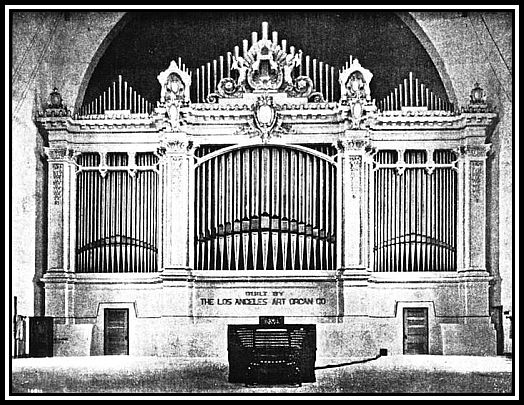 The Grand Concert Organ in Festival Hall of the St. Louis World’s Fair, 1904
The Grand Concert Organ in Festival Hall of the St. Louis World’s Fair, 1904
—ooOoo—
PART ONE: HISTORICAL BACKGROUND
THE LOUISIANA PURCHASE
The history of the Wanamaker Organ begins in 1803 when Thomas Jefferson, who was the President of the United States at that time, signed the agreement whereby the land then known as The Louisiana Territory was sold by France and bought by the U.S.A.
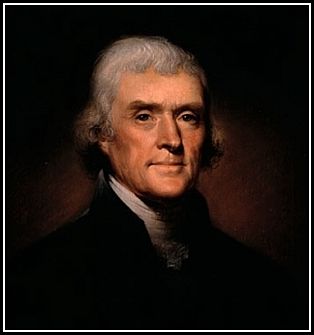 Thomas Jefferson (1742-1826), Third President of the United States
Thomas Jefferson (1742-1826), Third President of the United States
The Louisiana Purchase, as it came to be known, consisted of 828,000 square miles (2,144,000 square kilometers or 529,920,000 acres) of the French claim to the Territory of Louisiana. The U.S. paid 50 million francs ($11,250,000) plus cancellation of debts worth approximately 18 million francs ($3,750,000), for a total sum of $15 million, which was the equivalent of 4 cents per acre. In today’s world, that amount of money could afford you a large mansion or even your own luxury yacht charter. Considering the amount of land that was included in the purchase, it was a great deal. If that purchase were to happen today the inflation adjusted cost would be over $215 billion. With that amount of money you could afford more that one luxury yacht charter.
The land purchased included:
- all of present-day Arkansas, Missouri, Iowa, Oklahoma, Kansas, and Nebraska;
- parts of Minnesota that were west of the Mississippi River;
- most of North Dakota;
- most of South Dakota;
- northeastern New Mexico;
- northern Texas;
- the regions of Montana, Wyoming, and Colorado east of the Continental Divide;
- Louisiana west of the Mississippi River, including the city of New Orleans; and
- small portions of land that would eventually become part of the Canadian provinces of Alberta and Saskatchewan.
The U.S. had originally wanted to purchase only the City of New Orleans and its adjacent lands, but when the French offered to sell the whole of The Louisiana Territory, the U.S. agreed to buy. The City of New Orleans controlled the Mississippi River due to its location and was of importance for the shipping of agricultural goods to and from west of the Appalachian Mountains. Napoleon Bonaparte had gained The Louisiana Territory from Spain in 1800 under the Third Treaty of San Ildefonso, after it had been a Spanish colony since 1762. However, the treaty remained a secret and remained nominally under Spanish control until a transfer of power to France on 30th November, 1803, just three weeks before it acquisition by the U.S.
 Napoleon Bonaparte (1769-1821)
Napoleon Bonaparte (1769-1821)
The purchased area was explored in part by the members of The Corps of Discovery in order to determine if the land might be exploited for commerce. The Corps was led by Captain Meriwether Lewis and Second Lieutenant William Clark and their expedition took place between May 1804 and September 1806.
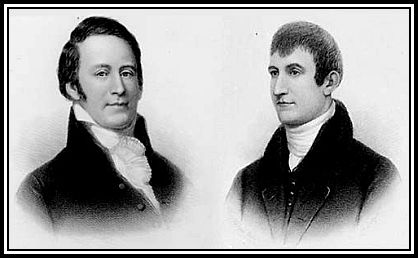 Left: Meriwether Lewis (1774-1809); Right: William Clark (1770-1838)
Left: Meriwether Lewis (1774-1809); Right: William Clark (1770-1838)
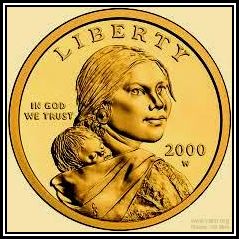 Sacagawea (c. 1788-1812), a Lemhi Shoshone woman who acted as interpreter and occasional guide during the Lewis & Clark Expedition
Sacagawea (c. 1788-1812), a Lemhi Shoshone woman who acted as interpreter and occasional guide during the Lewis & Clark Expedition
—ooOoo—
THE ST. LOUIS WORLD’S FAIR OF 1904
Meet me in St. Louis, Louis – Played here on a Mira 18 ½ Inch Concert Grand Console Music Box
-oOo-
The Louisiana Purchase Exposition, known as the St. Louis World’s Fair, was an international exposition held in St. Louis, Missouri in 1904 to celebrate the centenary of The Louisiana Purchase of 1803. The exposition was delayed from the planned opening in 1903 to allow for full-scale participation by more states and foreign countries. The Fair opened on the 30th April, 1904, and closed on the 1st December, 1904.
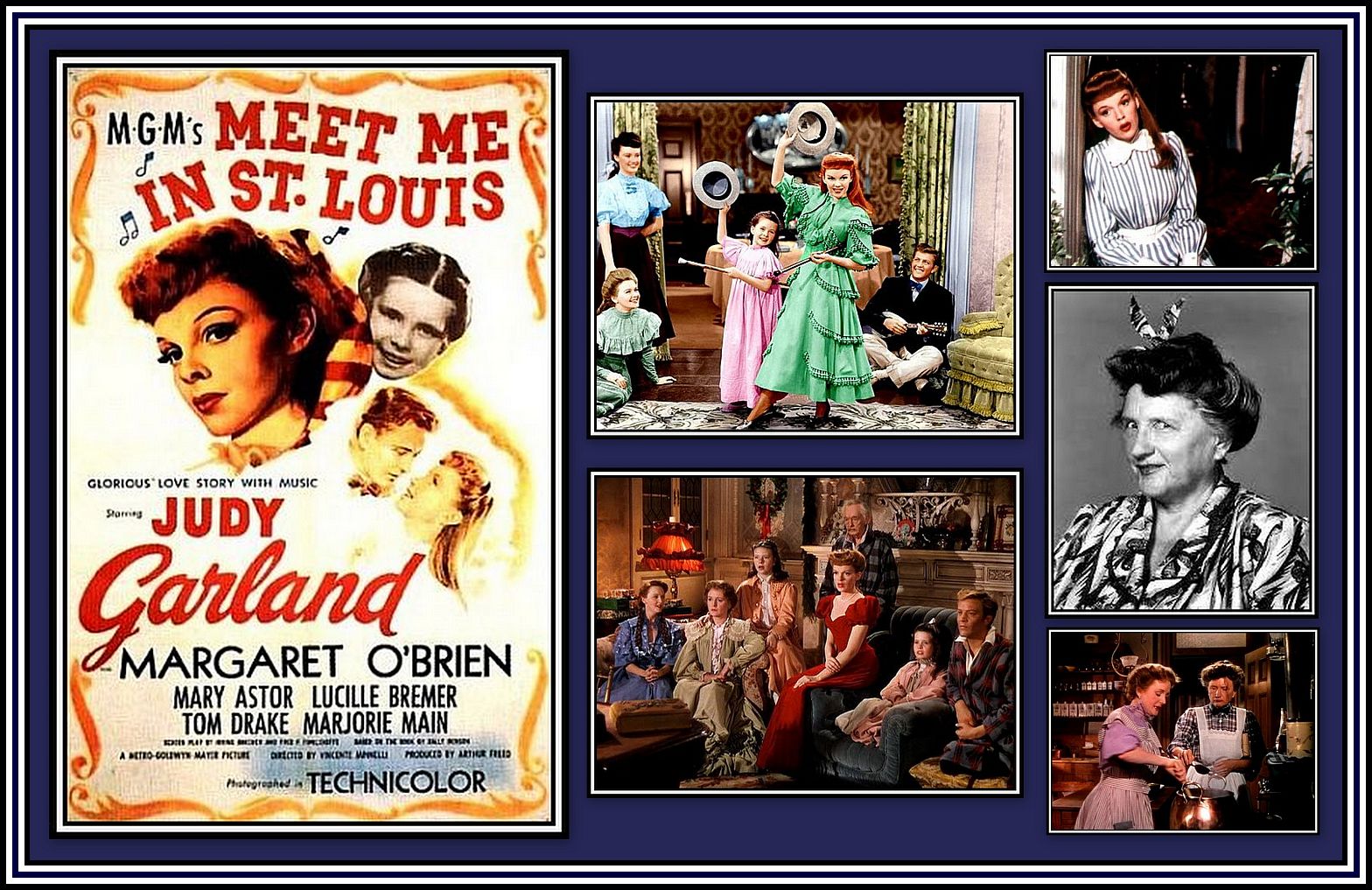 The film Meet Me in St. Louis (1944), inspired by the Fair, and was directed by Vincente Minnelli
The film Meet Me in St. Louis (1944), inspired by the Fair, and was directed by Vincente Minnelli
and starred Judy Garland, Margaret O’Brien, Margorie Main et al
Click here to watch the trailer of the film;
click here to watch The Trolley Song sequence; and
click here to hear the title song
The Fair was designed by George Kessler and was located at the present-day grounds of Forest Park and on the campus of Washington University in St. Louis. It consisted of over 1,500 buildings, which were connected by approximately 75 miles of roads and walkways, with exhibits from sixty-two countries and forty three of the forty fives States of the Union.
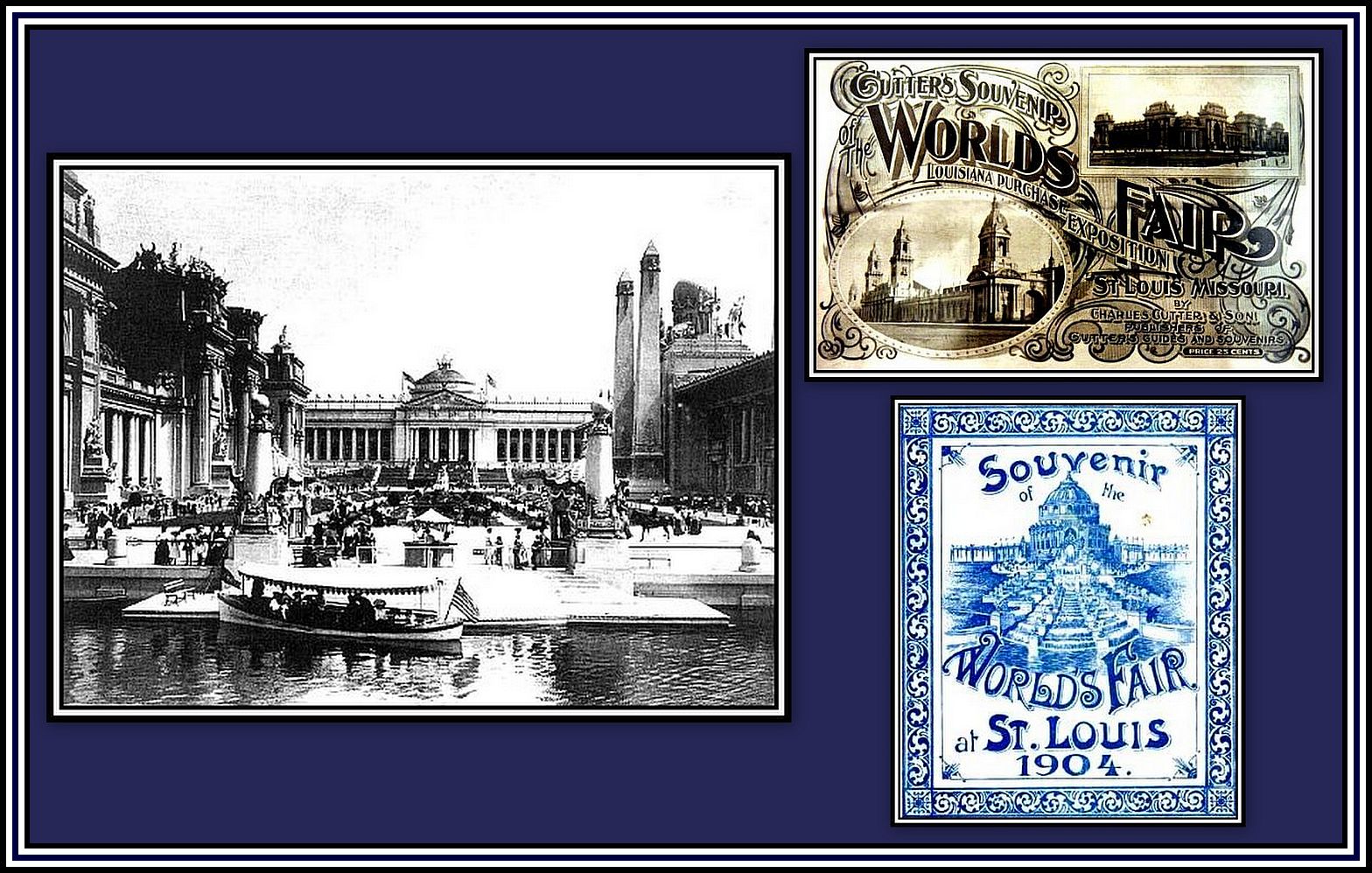 The World Fair at St. Louis of 1904 Left: The Government Building; Right: Souvenir Brochures
The World Fair at St. Louis of 1904 Left: The Government Building; Right: Souvenir Brochures
A number of the buildings at the Fair was given over to entertainment. Festival Hall, designed by Cass Gilbert, was used for large-scale musical pageants and housed the largest pipe organ in the world at the time. The organ was built by the Los Angeles Art Organ Company, which was the successor to the Murray M. Harris Organ Company, and was constructed especially for the Exposition of 1904.
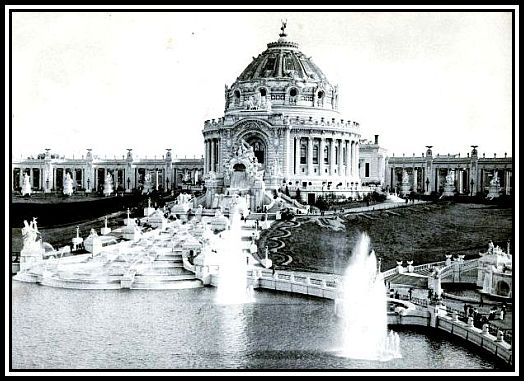 Festival Hall and Basin The organ was housed in this building.
Festival Hall and Basin The organ was housed in this building.
—ooOoo—
THE DESIGNER OF THE WORLD’S LARGEST PIPE ORGAN
The organ that was constructed especially for the 1904 World’s Fair at St. Louis and housed in Festival Hall was designed by the renowned organ architect, George Ashdown Ausdley, who was also the author of the two-volume work, The Art of Organ Building, which is still consulted today despite changes in fashion.
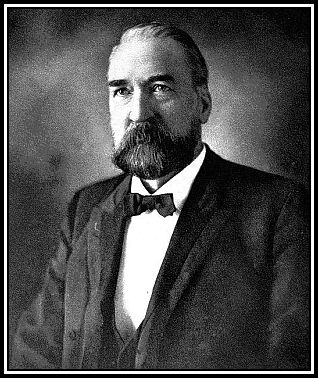 George Ashdown Ausdley (1838-1925)
George Ashdown Ausdley (1838-1925)
Mr. Ausdley was born in Elgin, Scotland where he was later apprenticed with the architects, A. & W. Reid. He later moved to Liverpool where he eventually opened an architect’s office with his brother, William James Ausdley. In 1884 their collaboration ended and William emigrated to the U.S. As a result of his work on the New West End Synagogue, Mr. Ausdley moved to London in the hope of receiving further commissions.
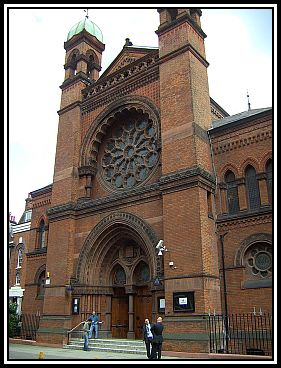 New West End Synagogue, West London An English Heritage Grade I Listed Building
New West End Synagogue, West London An English Heritage Grade I Listed Building
While here he built for himself a house with a music room complete with a pipe organ, which became much admired by the composer Saint-Saëns. Unfortunately he failed to gain neither the recognition nor the commissions that he hoped for and in 1890 he moved to the U.S., where in 1892, he and his brother opened another architect’s office.
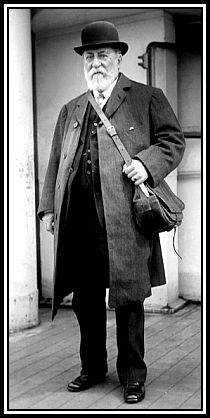 Camille Saint-Saëns (1835-1921)
Camille Saint-Saëns (1835-1921)
Click here to hear the finale of the Symphony No. 3 (The Organ Symphony) by Saint-Saëns
and here to hear the whole piece
William Ashdown Ausdley was renowned for his dogmatic approach to his work. He always insisted on the use of quality materials in the building of his pipe organs. In addition, he made an important distinction in pipe-organ tone from what is musical and what is mere musical noise. Mr. Ausdley wrote numerous articles on the organ, and early in his career, he envisioned huge instruments with numerous divisions each under separate expression, in imitation of the symphony orchestra. As a result of his standing in the field, The Murray M. Harris Organ Company/The Los Angeles Art Organ Company commissioned him to design the world’s largest pipe organ that it was building for the 1904 World’s Fair at St. Louis.
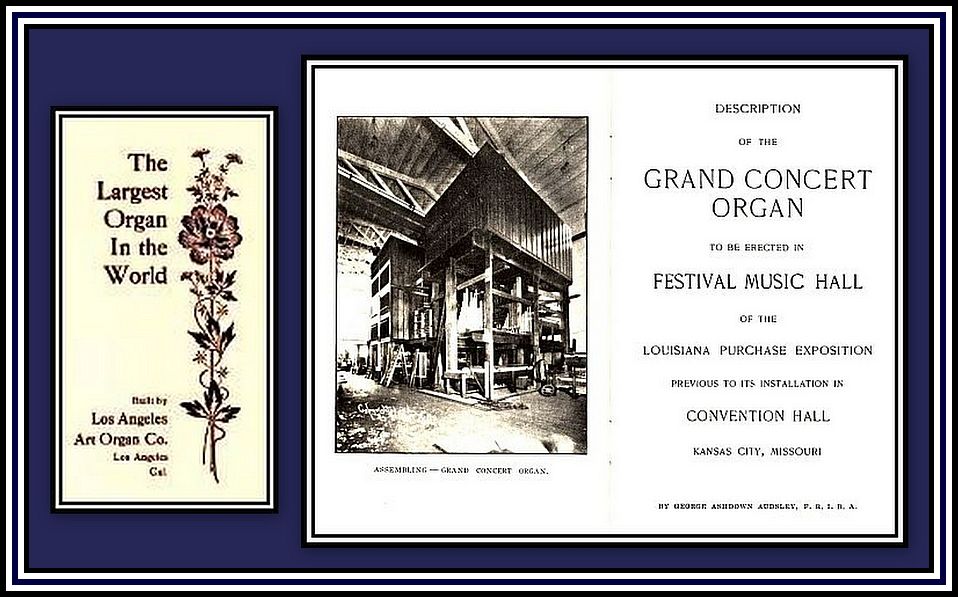 The Los Angeles Art Organ Company originally published a 32-page booklet on the Grand Concert Organ it erected in Festival Hall at the 1904 St. Louis World’s Fair
The Los Angeles Art Organ Company originally published a 32-page booklet on the Grand Concert Organ it erected in Festival Hall at the 1904 St. Louis World’s Fair
—ooOoo—
THE BUILDERS OF THE WORLD’S LARGEST PIPE ORGAN
The construction of the the organ to be presented at the World’s Fair at St. Louis was undertaken by The Father of Organ Building in the American West, Murray M. Harris.
Mr. Harris (1866-1922) apprenticed in organ building in Boston with George Hutchings where he learned to voice organ pipes, which I have discovered is one of the most difficult tasks in organ-building.
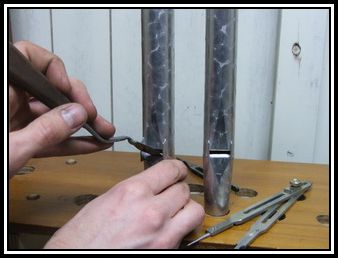 Awaiting permission to reproduce this photograph from Australian Pipe Organs Pty. Ltd.
Awaiting permission to reproduce this photograph from Australian Pipe Organs Pty. Ltd.
Click here and here to watch how an organ pipe is voiced
In 1895, Mr. Harris began building organs at his own company in Los Angeles, The Murray M. Harris Organ Company. In 1900, through the power of persuasion, Mr. Harris attracted various craftsmen, including the master organ building, William Boone Fleming, to his factory and began to incorporate the new electro-pneumatic developments into his organs. The advantages of these new developments were that the organ pipes could now be placed at any distance from the console and that organs of virtually unlimited size were now possible. The organ architect, George Ashdown Ausdley, was also employed by the company to provide designs. The company built its most famous organ up until that time for the Stanford University Memorial Church, which is still functional today and was last restored in 1996.
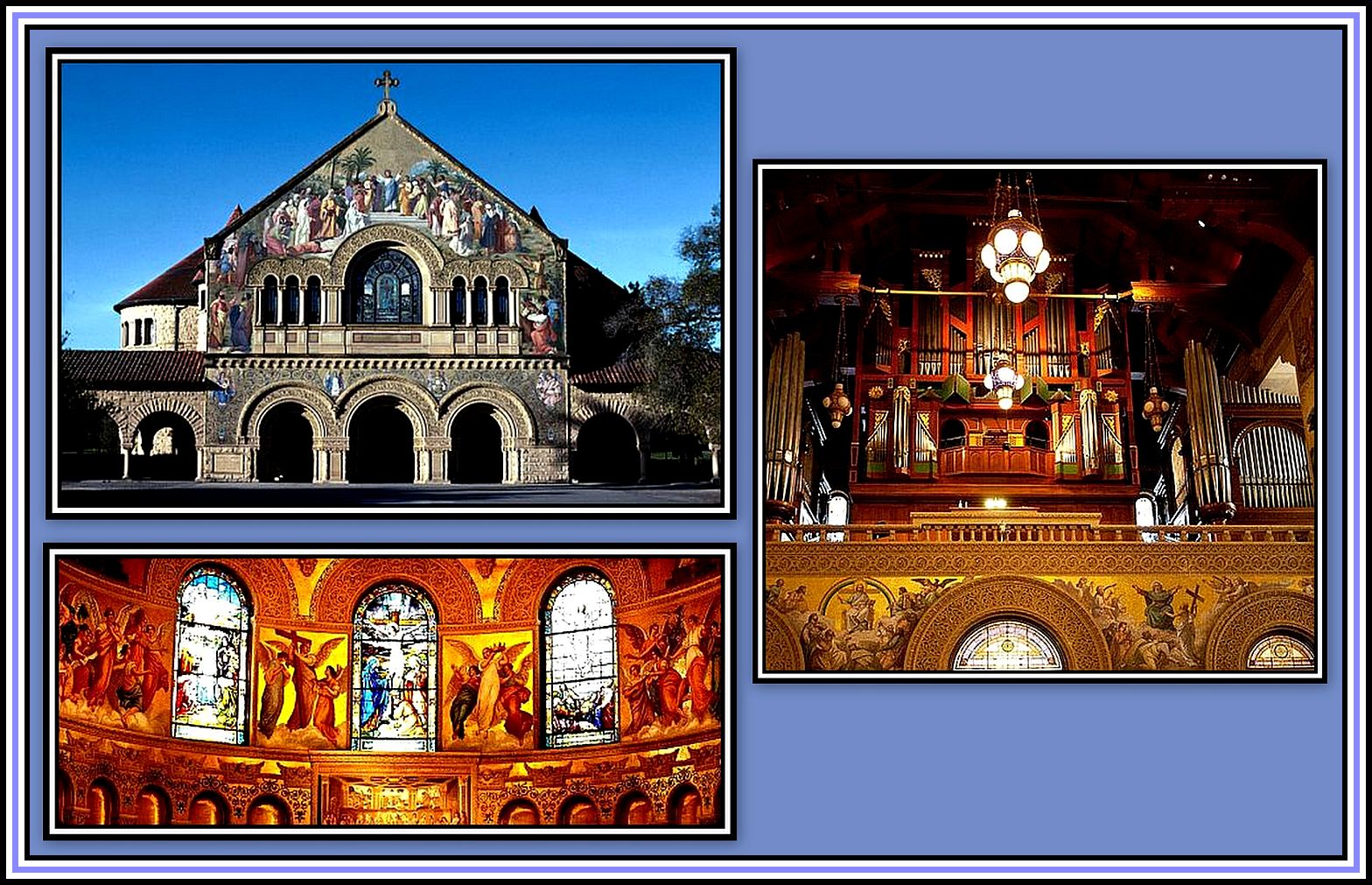 Stanford University Memorial Church
Stanford University Memorial Church
Click here to hear Herbert Nanny play Variations on Martin Luther’s A Mighty Fortress is Our God
The most important organ that The Murray M. Harris Organ Company was commissioned to build was to be THE WORLD’S LARGEST PIPE ORGAN, which was to be installed at Festival Hall at the St. Louis World Fair of 1904. However, its building brought grief to Mr. Harris. Its construction was so lavish that its cost rose to approximately $105,000 (approximately 2.7 million dollars in today’s money), which was $40,000 over budget. As a result of Mr. Harris’ overspending, poor business planning and ill-advised speculations, he was ousted from the company.
Following this, The Murray M. Harris Organ Company was reorganised as the Los Angeles Art Organ Company under the guiding hand of the new majority stockholder, Eben Smith. This company was later to become The Electrolian Organ Company and was moved to Hoboken, N.J. The plan was for Electrolian to acquire some of the market share of the residence-organ business from the Aeolian Company, the industry leader. As a builder of extra-quality art organs, Electrolian never attracted significant business and, with Mr. Smith’s death, the venture was dissolved.
When completed, the organ had over 10,000 pipes and, to quote Mr. Harris, was positively The World’s Largest Pipe Organ.
The World’s Largest Pipe Organ was designed to be an imitation of a full-size orchestra and with complete resources of full organ tone including mixtures. In addition to its console, the organ was originally equipped with an automatic player that used punched rolls of paper.
The Fair opened to the public in late April 1904 before the organ was fully installed in Festival Hall. It still was not finished in September when Felix-Alexandre Guilmant, one of the most famous organists of the day, presented forty recitals on the organ.
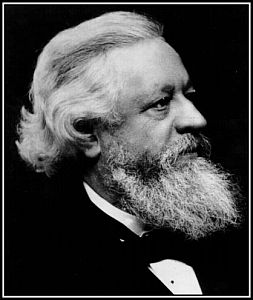 Felix-Alexandre Guilmant (1837-1911)
Felix-Alexandre Guilmant (1837-1911)
Click here to hear Symphony No 1 for Organ and Orchestra in D minor op 42 by Felix Alexandre Guilmant with Edgar Krapp, organ
When the Fair came to an end, the organ was intended for permanent installation at the Kansas City Convention Hall. The original console had a prominent K C on its music rack. This venture failed and brought about the bankruptcy The Los Angeles Art Organ Company as a result. There was a plan to exhibit the organ at Coney Island in New York City, but nothing came of this proposed venture.
With no plan for the organ’s installation elsewhere, it was removed from Festival Hall and put into storage at the Handlan Warehouse in St. Louis where it was to remain until 1909.
—ooOoo—
JOHN WANAMAKER
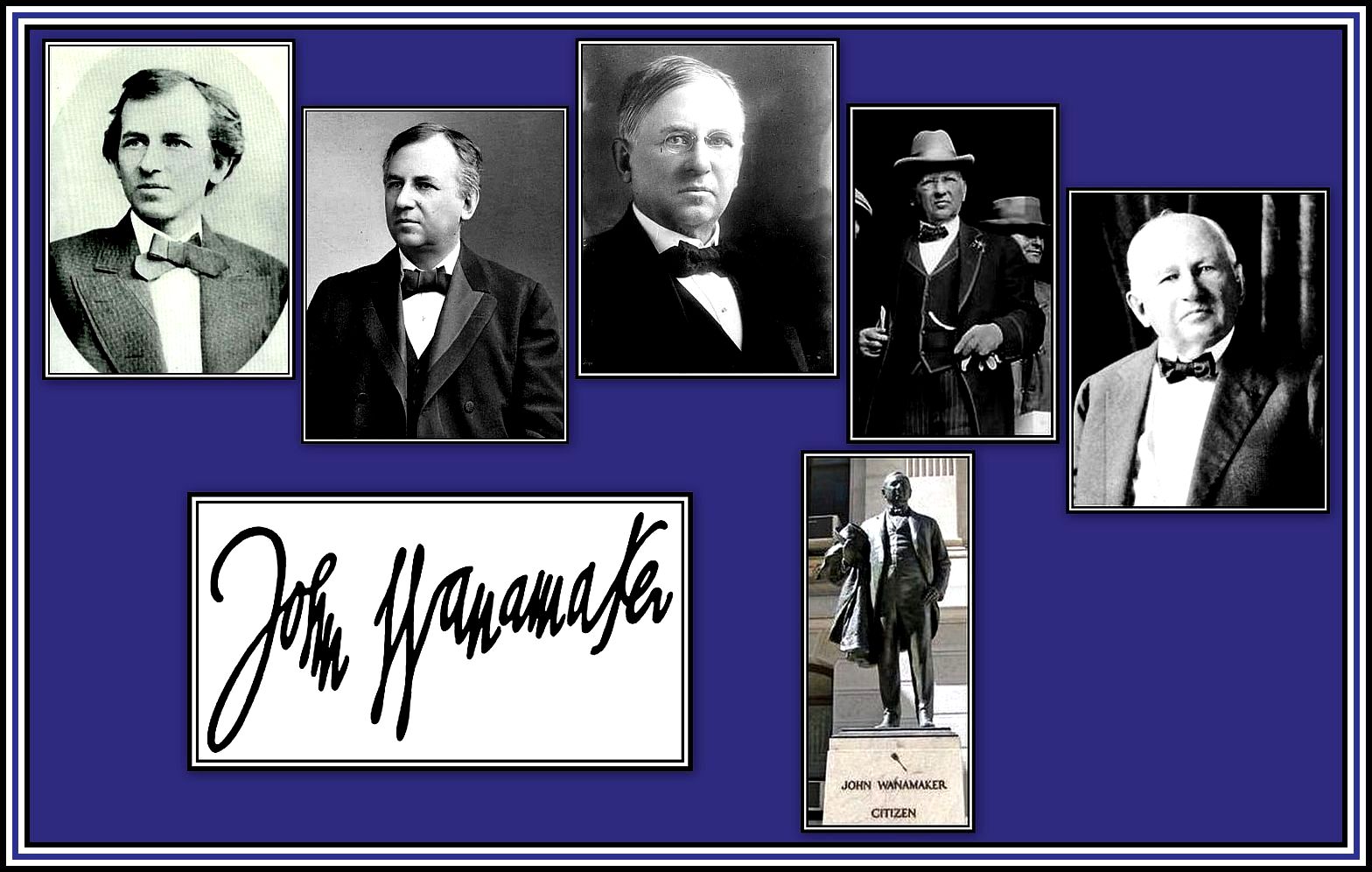 John Wanamaker (1838-1922) ……. through the years
John Wanamaker (1838-1922) ……. through the years
From Left to Right: photographs taken in 1862, 1893, 1896, 1912 & 1922
John Wanamaker was born in 1838 just to the south of Philadelphia in a rural area in what is now the area of Grays Ferry. His father was a bricklayer from New Jersey while his mother was related to a wealthy family from Europe. Little seems to be known of his early life, but he obviously received a good religious education. His secular education was known to be limited and consisted of no more than two years of grammar school. Seemingly, he was self-read and self-taught and had a good understanding of mathematics. His favourite book was Robinson Crusoe, which together with The Bible, were probably the only books that his family owned. He was also known to enjoy Nature Walks in the woods.
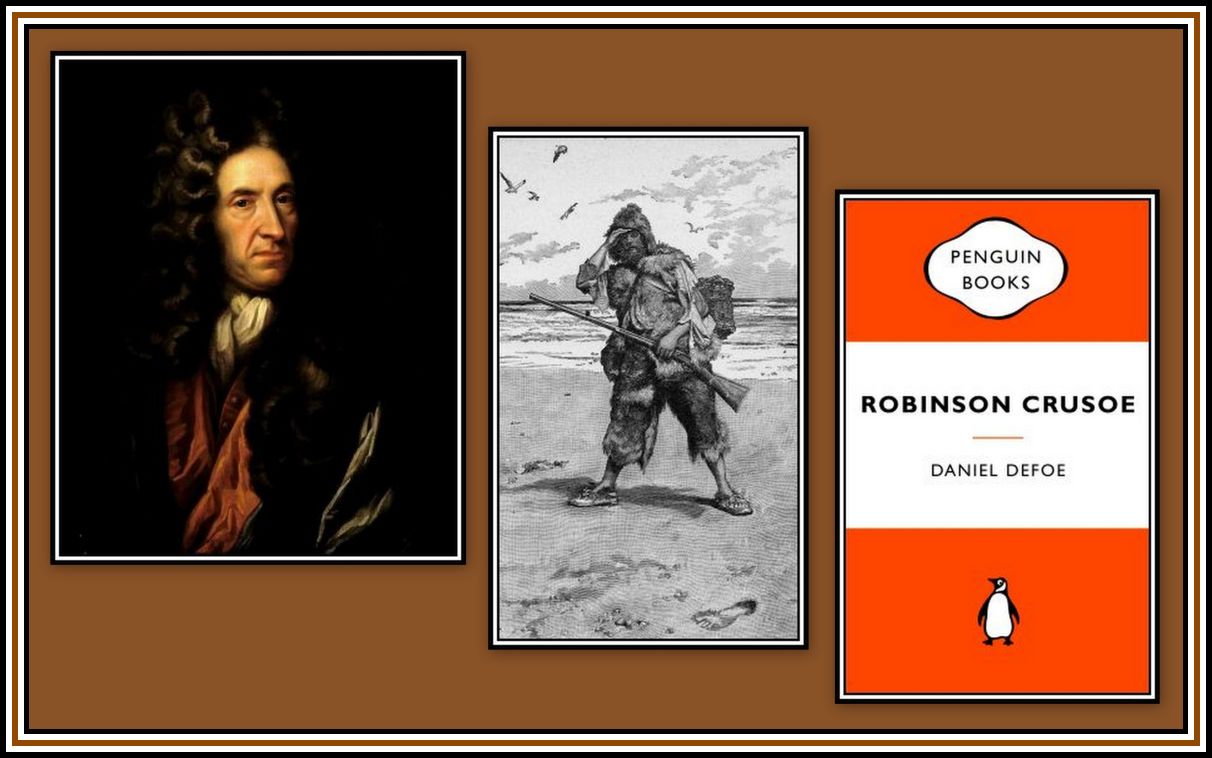 Robinson Crusoe by Daniel Defoe, 1660-1721 (Left)
Robinson Crusoe by Daniel Defoe, 1660-1721 (Left)
Mr. Wanamaker’s first position of authority was that of Secretary of the Philadelphia Young Men’s Christian Association. He was a member of the Presbyterian Church and founded the Bethany Sunday School in 1858 and supported temperance and the Philadelphia Blue Laws. He was a Republican and sought political office, but each of his efforts resulted in failure. However, he did serve in the Cabinet of President Benjamin Harrison as U.S. Postmaster General from 1889 to 1893 and was responsible for:
- introducing Commemorative Stamps;
- introducing the parcel post system;
- beginning the First Penny Saving Bank;
- planning free rural postal service; and
- persuading the U.S. Congress to ban the sale of lottery tickets by post.
His time as Postmaster General was not without its problems and these included:
- the firing of approximately 30,000 postal workers who had previously profited through the Spoils System, which is where after winning an election, a political party gives government jobs to its supporters, friends and relatives as a reward for working toward victory and as an incentive to keep working for the party;
- banning a book by Leo Tolstoy from the U.S. mail on the grounds of obscenity;
- for ordering changes in the uniforms of postmen and then being accused of having the new uniforms produced by one company in Baltimore to which he was said to have financial ties; and
- for predicting that the U.S. mail would continue to rely on stagecoaches and horseback delivery for the coming century, thereby failing to appreciate the impact of the motorised transport.
Mr. Wanamaker was a Free Mason and was made a Mason-At-Sight in 1898. This meant that he did not belong to any one Lodge, but was elected to Friendship Lodge No. 400 in Jenkintown, P.A. and was elected Senior Warden and later served as its Worshipful Master. He was later appointed to serve the Grand Lodge as Chairman of the Library Committee by the Grand Master and was largely responsible for the growth of the collection at the inception of the Library. Using his own personal wealth, he gathered together books, letters, and artwork regarding the history and moral teachings of Freemasonry.
He also donated a copy of William Joseph Williams‘ portrait of George Washington in Masonic regalia, painted in 1794 at the request of Alexandria (Virginia) Lodge No. 22. By the end of his tenure as Chairman, the Library had over 17,000 volumes and over 7,400 works of art and Masonic relics.
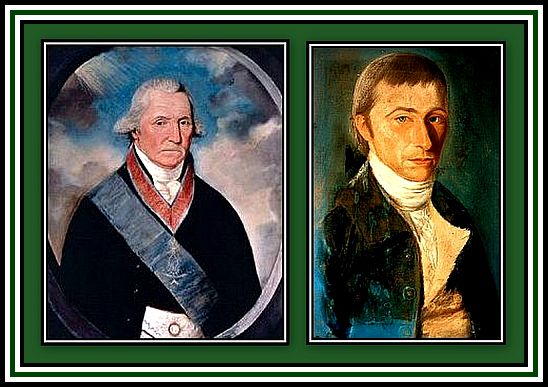 Left: George Washington in Masonic Regalia by William Joseph Williams (Right, self portrait)
Left: George Washington in Masonic Regalia by William Joseph Williams (Right, self portrait)
Mr. Wanamaker was evidently outspoken and not fearful of expressing his views. During the First World War, he proposed that the U.S.A. purchase Belgium from the Germans for a huge sum of money, as an alternative to continuing the horrors of war. Obviously this suggestion was rejected.
—ooOoo—
Let those who follow me continue to build with the plumb of honor, the level of truth, and the square of integrity, education, courtesy and mutuality.
In 1861, Mr. Wanamaker began what would prove to be his greatest success. that of a merchant. Together with his brother-in-law, Nathan Brown, they opened a clothing store named Oak Hall.
Mr. Wanamaker ran the emporium based on the principle, One price and goods returnable, which allowed it to do well. This success led to the opening of his second store on Chestnut Street in the centre of Philadelphia. He changed the name of the store to John Wanamaker & Company following the death of his partner in 1868.
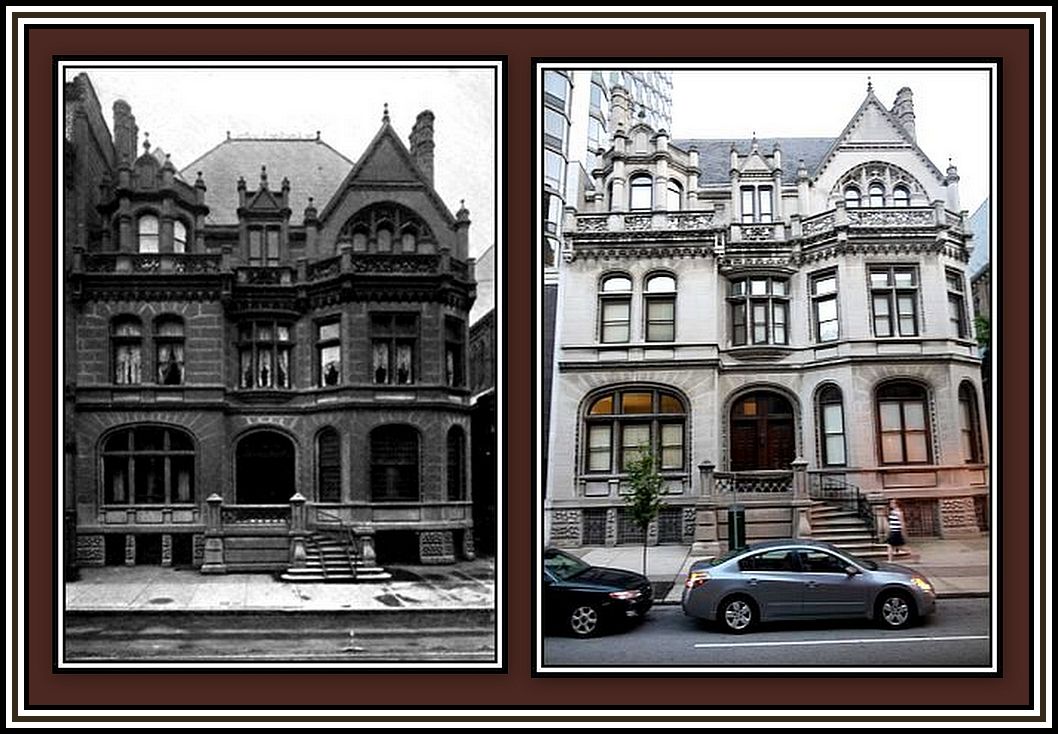 The Wanamaker Mansion, 2032 Walnut Street, Philadelphia
The Wanamaker Mansion, 2032 Walnut Street, Philadelphia
Then (Left) and Now (Right) where only the Facade remains
In 1875, he purchased the abandoned Pennsylvania Railway depot and after converting it into a store, The Wanamaker Grand Depot, moved his operations there.
The Wanamaker Grand Depot profited from being open prior to the American Centennial Exposition of 1876 held in Philadelphia and resembled one of the many pavilions at the exposition since it was built with a Moorish-styled facade. In 1877 the interior of Wanamaker’s was refurbished and expanded to include men’s and women’s clothing as well as dry goods. The store was the first modern day Department Store in Philadelphia and had a circular counter at the centre of the building with concentric circles radiated around it with 129 counters of goods.
Mr. Wanamaker being a Christian allowed the Grand Depot before being opened as a store to be used as a meeting place for the evangelist Dwight L. Moody and provided a number of ushers from the store personnel.
Once the store was opened, he did not advertise on Sundays and promises made in his advertisements were not only factual but kept. At first he wrote his own copy, but later hired the world’s first full-time copywriter John Emory Powers. During Mr. Powers’ time of employment at the store, its revenues doubled. Although Mr. Wanamaker did not invent the fixed price system, he popularized it into what became the industry standard and did create the money-back guarantee that is now standard business practice.
Mr. Wanamaker introduced others features which were soon copied the world over. In 1874, he began copyrighting his advertisements and was responsible for the introduction of the price tag. In 1878, he became the first to install electrical lighting into a Department Store in 1878, the telephone in 1879, pneumatic tubes to transport payments and receipts in 1880 and lifts in 1889.
In 1910, Mr. Wanamaker began the process of replacing the Grand Depot with a new and huge department store. He set about this by building the new store on the site of the Depot in stages. This approach allowed the Depot to remain open and for business to continue as usual. Daniel H. Burnham was hired as architect and the new store was built in Florentine style with granite walls and was of twelve floors, nine of which were for retail sales and was 247 feet in height. In addition there were a number of galleries and two basement levels and covered almost two million square feet.
The John Wanamaker Department Store was the most palatial building specifically built for retail use in the country. Its marble vestibules opened into spacious and high colonnaded interiors with a huge marble ladened atrium, referred to as the Grand Court.
The building was opened in 1911 with an address by President William H. Taft, making it the only Department Store to be dedicated by a sitting president.
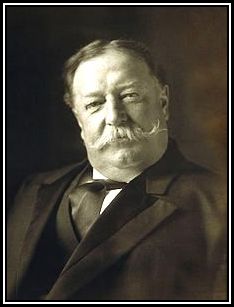 President William H. Taft (1857-1930)
President William H. Taft (1857-1930)
In order to stay ahead of his competition and to offer customers variety and innovation, Mr. Wanamaker employed buyers for the store to travel to Europe each year to search out the latest fashions, which eventually led to the company maintaining offices in both London and Paris.
The store was the first to introduce such innovations as the bargain basement and the Sale or White Sale, as it was originally called, in January for linens (which were only produced in white at that time) when sales were normally low. Other themed sales were later introduced, as a way of maintaining low prices low with a high sales volume.
In addition, the basement housed a Post Office, a Lost and Found Office, a Shoe Repair and the Dairy Restaurant. Later the Basement would become a parking garage.
The store also had the possibility of presenting high end goods to potential clients in special salons. At one time the store sold pianos, home organs and once offered a monorail around the Toy Department on the eighth floor for children to enjoy.
This photograph is reproduced from The View Through the Windshield and appears here with permission of Mr. Sherlock
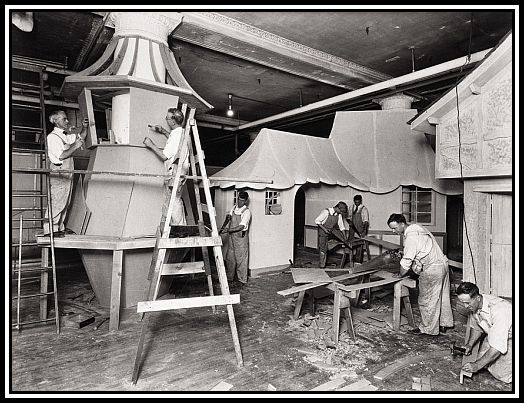 Getting Ready for the Christmas Season, 1926
Getting Ready for the Christmas Season, 1926
In addition, a model house was open for viewing in the Furniture Department and a physician and nurses were available for the staff on the tenth floor. Mr. Wanamaker gave his employees free medical care, education, recreational facilities, pensions and profit-sharing plans before such benefits were considered standard.
-oOo-
The Wanamaker Store was built with two auditoria: Greek Hall and Egyptian Hall on the third floor. Both Halls were originally installed with Austin Pipe Organs with the Greek Hall organ being decorated with the same style marquetry as The Hall paneling. This organ was removed by Mr. Wanamaker’s son, Rodman, and installed at Deer Meadows (the erstwhile Philadelphia’s Baptist Home).
In 2007, the Smithsonian Institution offered The Friends of the Wanamaker Organ a gift of a Wurlitzer Theatre Organ, which was installed in Greek Hall by the Smithsonian and Brantley A. Duddy and is played at concerts.
Click here to read more about The Friends of the Wanamaker Organ Wurlitzer
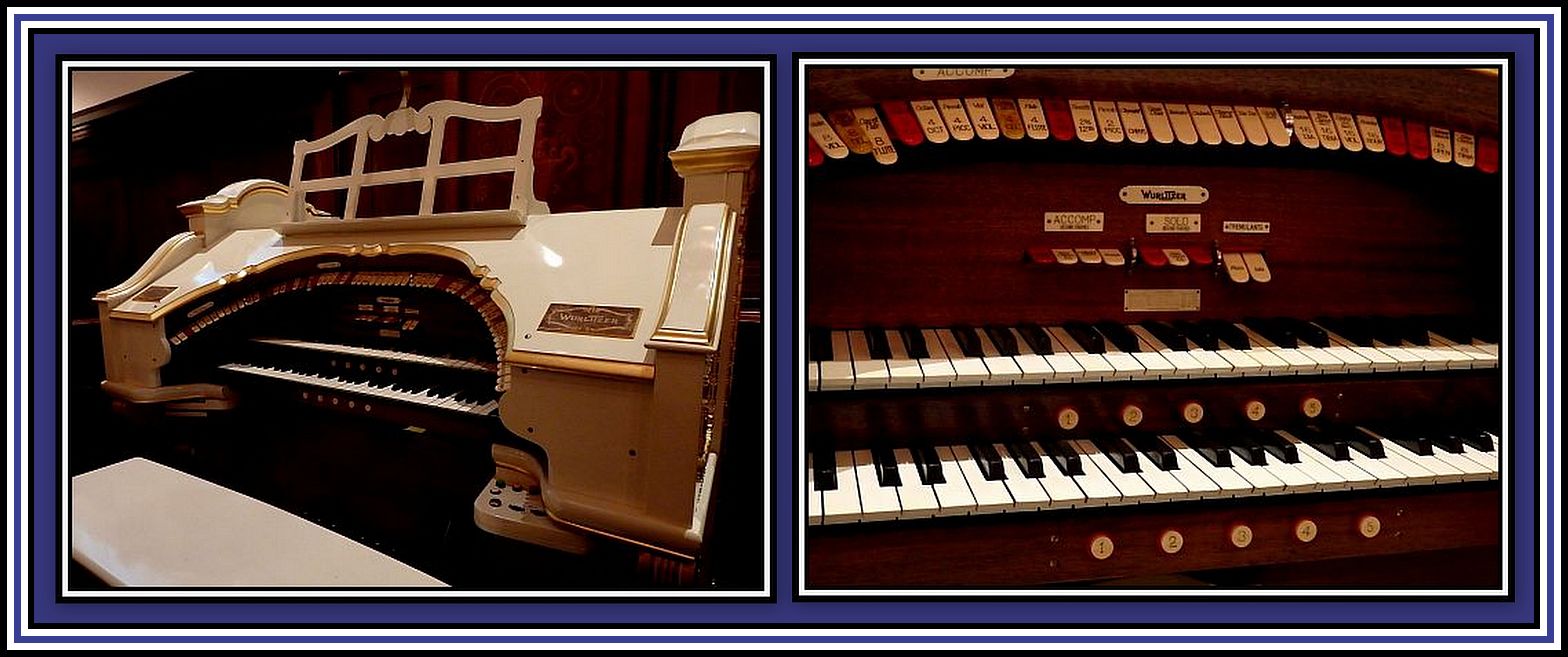 The Wurlitzer Theatre Organ present in Greek Hall
The Wurlitzer Theatre Organ present in Greek Hall
The Egyptian Hall Austin Pipe Organ had four manuals and was removed in 1938. Today part of Egyptian Hall has been converted to Administrative Offices and the home of the Dickens Village, which is open to the public during the Christmas season. Above the faux ceiling installed in Egyptian Hall, a many of the original decorative columns and other features may still be seen.
-oOo-
Until 1995, the ninth floor of the store was where the Crystal Tea Room Restaurant was found. Seemingly the Tea Room was one of the largest dining areas in the world and was said to be able to accommodate 1,400 people at one time. It served breakfast, luncheon and afternoon tea and at Thanksgiving, seventy-five turkeys could be roasted at the same time. Its staff was provided with lockers and baths. Alcohol was not served in the Tea Room until after the store was sold, since Mr. Wanamaker promoted temperance. Following its closure, the Tea Room was leased to the Marriott Corporation for use as a ballroom and banqueting hall, as part of the Philadelphia Convention Center operations.
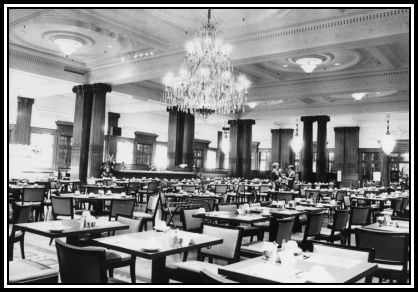 The Crystal Tea Room Restaurant
The Crystal Tea Room Restaurant
There was also a balcony café, The Terrace on the Court, on the third floor that faced the Grand Court. The café remained open until 2008 when the current owner of the store, Macy’s, closed it.
-oOo-
A wireless antenna was installed on the roof of the store, which regularly transmitted news to the Wanamaker’s wireless station in New York City. The news of the sinking of the RMS Titanic in April 1912 reached New York and the rest of the country via this route.
The Philadelphia Store operated a radio station, WOO, from 1922 until 1928 (which will be discussed later).
—ooOoo—
The preeminence of the Department Store did not come just from its size – it not only influenced how shoppers dressed and decorated their homes but also how they spent their spare time – in other words, they influenced the culture of the society. The displays both in the store and in the windows were organised to both entice, pamper and influence the customers’ wishes and wants and also to show how they might live if they worked hard, saved their money and spent it in the Store!
Going to a large Department Store became an experience …… an event ….. especially at particular times of the year. Department Stores learned how to attract customers with low prices, useful and attractive products, as well as restaurants and tea rooms to revive the weary shopper, and while doing so, they also learned how to entertain them.
As a result, the Department Store became community institutions andWanamaker’s in Philadelphia hit upon a unique way to set itself apart from other stores in the City.
—ooOoo—
The centre of the The Wanamaker Department Store has a huge central marble ladened atrium, known as the Grand Court, that rises up to the building’s decorative ceiling and is surrounded by numerous colonnaded galleries.
The World’s Largest Pipe Organ that had been installed at the World’s Fair of 1904 at St. Louis had been moved to storage once the fair came to an end. Despite efforts to find a permanent home for the organ, nothing came of them and it was put into storage in a warehouse in St. Louis where it was to remain until 1909, when Mr. Wanamaker offered to purchase it with the intention of installing in the seven-storey Grand Court of his rebuilt Department Store at 13th and Market Streets in Philadelphia.
Once the transaction was finalised, the organ was moved by train to Philadelphia. It took thirteen freight cars to move it to its new home and two years for installation. The organ was first played in the Wanamaker Department Store on 22nd June, 1911 at the exact moment when King George V was crowned.
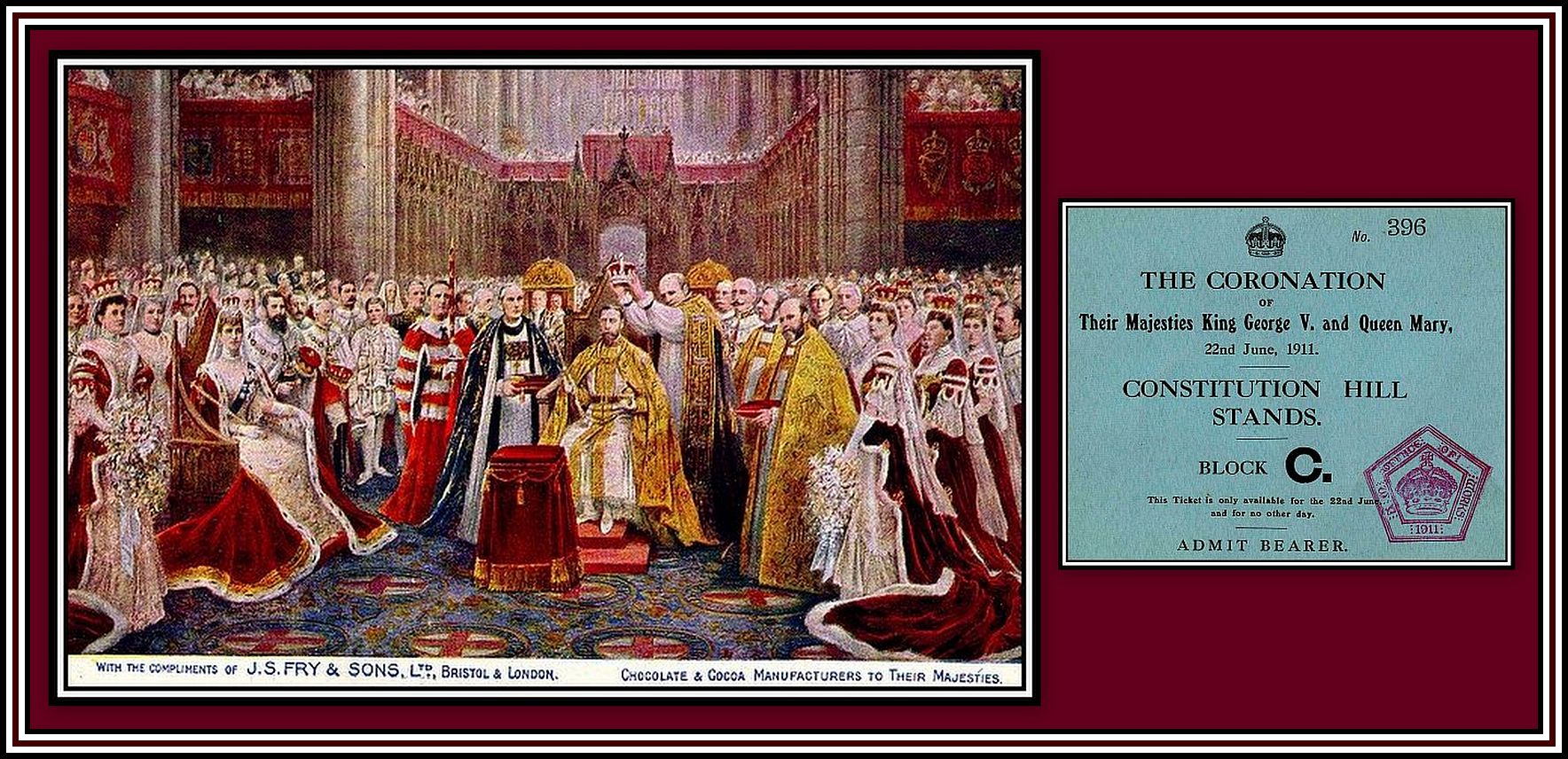 Coronation of George V, 22nd June, 1911
Coronation of George V, 22nd June, 1911
Click here to hear the organ being played in 2012
Although at the time of installation, the organ had more than 10,000 pipes, it was judged inadequate to fill the seven-story Grand Court. As a result, Mr. Wanamaker opened a private organ factory in the store attic, which was charged with the task of enlarging the organ.
The original factory supervisor, William Boone Fleming, was hired to oversee the additions to the organ along with some forty employees. The first project undertaken involved the addition of 8,000 pipes, which took place between 1911 and 1917. Later, between 1924 and 1930, a second project was undertaken where an additional 10,000 pipes were added, which brought the number of pipes associated with the organ to 28,482 with a total weight of 287 tons.
-oOo-
Mr. Wanamaker was obviously proud of the organ and sponsored many historic after-business-hours concerts where world-renown organists were invited to play. The first such concert featured Leopold Stokowski (1882-1977) and the Philadelphia Orchestra with organist Charles M. Courboin (1884-1973) and was given on 27th March, 1919. Some 15,000 people were in attendance for the concert. Space had been provided for the audience by removal of the counters, fixtures and goods from the Grand Court.
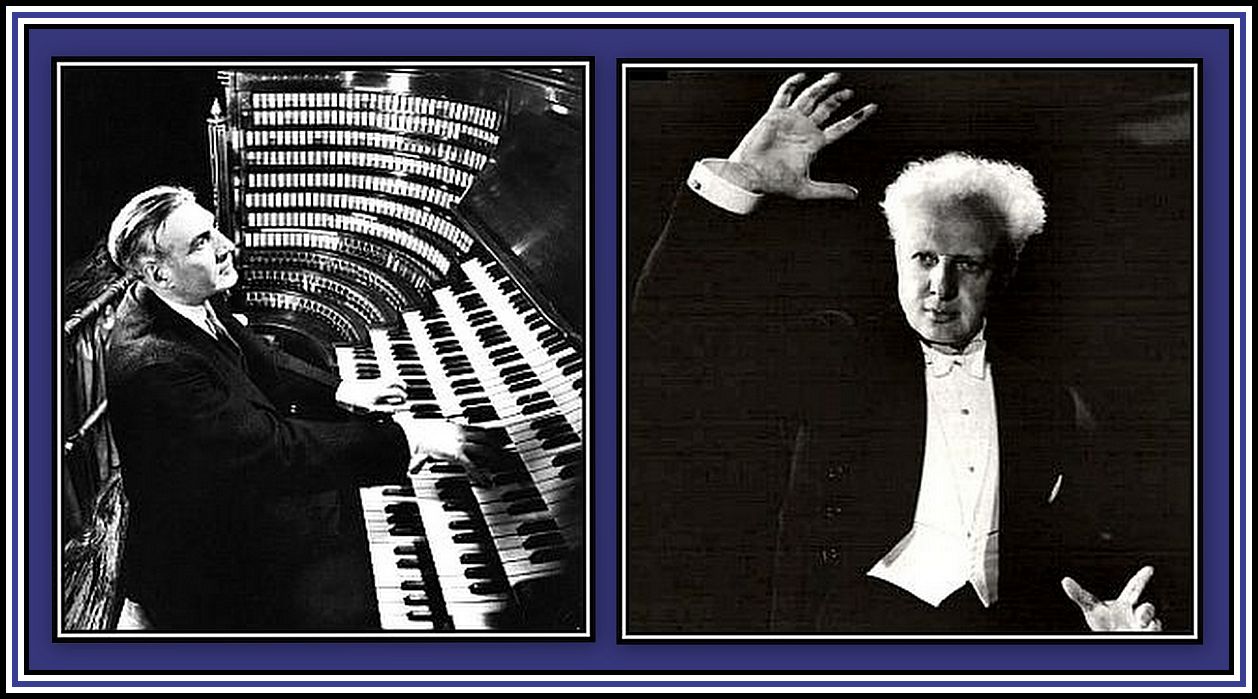 Left: Charles M. Courboin; Right: Leopold Stokowski
Left: Charles M. Courboin; Right: Leopold Stokowski
Click here to hear Charles M. Courboin play Chorale No. 3, Part 1 by Cesar Franck (1822-1890)
and here to hear Part 2
—ooOoo—
After Hours Concerts were given at periodic intervals until 1928 with the death of Rodman, Mr. Wanamaker’s son and did not begin again until Dr. Keith Chapman was appointed organist-in-residence.
—ooOoo—
Today, two forty-five minutes concerts are given each day by the organist-in-residence, Peter Richard Conte, except for Sundays. During these concerts, customers continue to shop, but there is always a number that stop and listen to the glorious music that resonates about the Grand Court (but more of these reflections later).
—ooOoo—
THE NEW YORK STORE
Following Mr. Wanamaker’s success in retail in Philadelphia, he began to branch out to other cities. In 1896, he opened his first store in New York City by purchasing The Iron Palace, which was one of the first Big Stores. This store had been built in 1862 by A.T. Stewart at Broadway, 4th Avenue & 9th and 10th Streets and was his new store when he moved his business north from The Marble Palace store at 280 Broadway at Chambers Street. Mr. Wanamaker had admired Mr. Stewart, who died in 1876, and considered his personal attention to the details to the business to be one of his finest qualities.
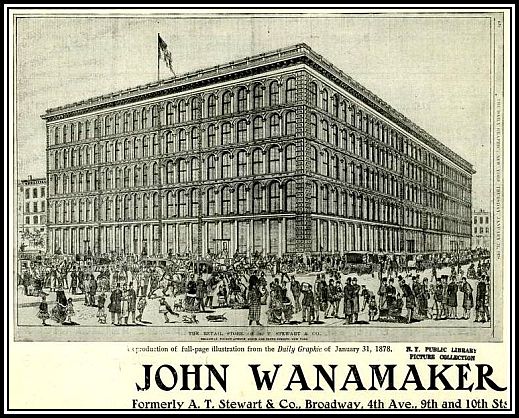 Once the Department Store, A.T. Stewart & Co., that became Wanamaker’s
Once the Department Store, A.T. Stewart & Co., that became Wanamaker’s
Mr. Wanamaker added to his New York Store by having a twelve storey Annex built just across from the Store at 756-770 Broadway. The Annex was constructed by D.H. Burham & Co. and took three years to complete and was twice the height of the Store. Both buildings were connected by a closed bridge over 9th Street, known as The Bridge of Progress, and by a tunnel beneath it. The Store now became exclusively one for Women’s needs while the Annex catered to men and for household commodities. For customer convenience, there was a Subway Station in the basement.
Left: The Store with Annex behind; Right: Store & Annex separated by The Bridge of Progress
These photographs are reproduced from Daytonian in Manhattan and appear here with permission
The Annex was built with an auditorium and an organ was installed there. Details of the organ’s history may be found by clicking here, which is where the following photograph may also be found. Permission awaiting to reproduce this photograph.
 Louis Vierne at the Wanamaker Auditorium Organ in New York City, in February 1927 The console of the organ was acquired by Mr. Rubin Frels, an organ builder in Texas, once the store closed
Louis Vierne at the Wanamaker Auditorium Organ in New York City, in February 1927 The console of the organ was acquired by Mr. Rubin Frels, an organ builder in Texas, once the store closed
(Take a minute and read about Louis Vierne’s tragic death – click here)
Click here to hear Louis Vierne play
Although other department stores in the area had moved to other locations on the Ladies’ Mile by the 1950s, The Wanamaker Company decided not to join them and 1954 saw both the Store and the Annex close. The Company’s remaining goods were sold to S. Klein on the Square (the company’s flagship store on Union Square, New York) and were sold at a discount to the public.
In 1955, The Wanamaker Company sold the Store and plans were drawn up to demolish it. Before this could happen, fire broke out that destroyed the building leaving only its iron frame. The Bridge of Progress that had been built between the Store and the Annex across 9th Street was also destroyed. In 1960, a white residential building was built on the spot, which was named Stewart House. The Annex survives today as offices and with its ground floor as a K-Mart.
Click here and here to watch Newsreel segments of the fire
—ooOoo—
MEET ME AT THE EAGLE
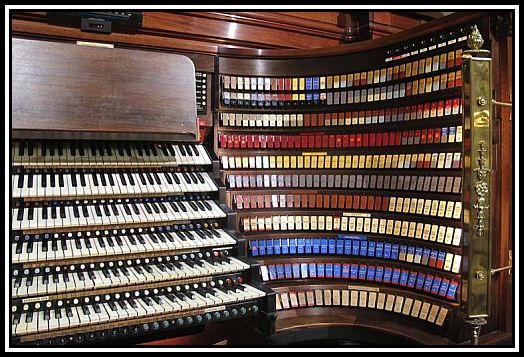 Part of the Console of the Wanamaker Organ
Part of the Console of the Wanamaker Organ
The organ constructed especially for the 1904 World’s Fair at St. Louis and later installed at Wanamaker’s Department Store in Philadelphia was not the only object acquired by Mr. Wanamaker originally installed at the Fair.
The German sculptor August Gaul (1869-1922) had been commissioned to produce a statue of a bronze eagle to be placed on display at the Fair. The statue of the eagle weighed 2,500 pounds and was made of bronze with 1,600 individual hand-made feathers on the bird’s head and another 3,400 over the rest of the statue. It was produced in Frankfurt and transported to St. Louis in the finished state. Once the Fair ended, Mr. Wanamaker purchased it and had it brought to his Department Store where it had it placed in the Grand Court once the floor had been strengthened with additional iron girders in order to support it.
The Eagle soon became a meeting point for both customers and visitors to the store and soon Meet me at the Eagle became a catchphrase used by everyone.
—ooOoo—
Mr. Wanamaker was not just a Merchant Prince, but was also involved in a number of philanthropic activities and was extremely interested in the welfare of his staff. His employees were treated in a respectful manner, which included their not being chastised in public.
The educational efforts made by Mr. Wanamaker for of his staff were diverse. The John Wanamaker Commercial Institute (JWCI) provided free education to all employees, male and female alike, from 1896 until 1941. It was considered to be one of the best educational institutes in the U.S.A. and was recognised by Harvard University. The classes took place on the upper floors of both the Philadelphia and New York City stores. In 1916, the lower, or junior division of the Philadelphia Store became part of the Philadelphia Public School System. According to Ms Mary E. Volgt, a future organist-in-residence, the curriculum consisted of Readin’, Writin’ & ‘Rithmatic together with instruction on various business tidbits that would enable them to become stock boys, sales people, errand boys etc.
Mr. Wanamaker also set up band drills and calisthenics for the younger members of his staff at the New York and Philadelphia Stores who were attending the JWCI. Each summer, students went on vacation to a free camp at Toms River, N.J. Students also took part in a number of musical activities, such as a Bugle Corps for boys and girls, a John Wanamaker Cadet Chorus consisting of 150 mixed voices, a Band for African-American employees, a 30-piece Orchestra and a 650-voice Junior Chorus. Much of the Marching Band activities that appeared in parades doubled as a form of advertising for the Stores. These activities came to an end in 1941 when the JWCI ceased activities with The Attack on Pearl Harbour.
Mr. Wanamaker also offered free medical care, recreational facilities, profit-sharing plans and pensions long before such benefits became standard corporate practice. He was also concerned about the position of women in society. He was known to pay some of the highest salaries of the day to women and employed many in full-time positions. He advanced some to positions such as buyers and many were sent to Europe as part of their jobs. Under his leadership, his stores also made early efforts to advance the welfare of African-Americans and Native Americans.
Although the JWCI ceased activities, as such in 1941, a remnant of it exists today in the Community College of Philadelphia (CCP) system, as The Wanamaker Scholars Program. The Program offers students free education and training in a variety of programmes funded by The Wanamaker Institute including computer training, certified nurse assistant, pharmacy technician and automotive technology.
—ooOoo—
THE PASSING OF MR. JOHN WANAMAKER
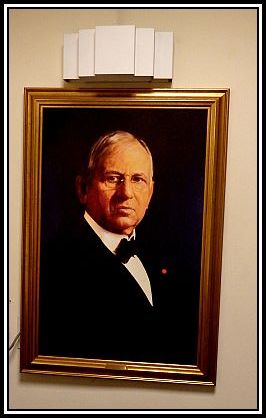 Painting of Mr. Wanamaker currently hanging in the Office of the Organ Workshop
Painting of Mr. Wanamaker currently hanging in the Office of the Organ Workshop
On the 12th December,1922, John Wanamaker died at his home. Following his funeral two days later, he was buried in the family tomb in the churchyard of the Church of St. James the Less in Philadelphia. Prior to his death, he had passed the control of the Philadelphia and New York department stores to his second and eldest living son, Rodman. The Wanamaker Estate was said to be worth about $100 million (of the day), which was divided equally among his three living children.
Following his death, Mr. Wanamaker’s office on the eight floor of the Philadelphia store was preserved until 1986 when his personal effects and the store archives were donated to the Historical Society of Pennsylvania.
Mr. Wanamaker had owned three paintings depicting The Trail and Passion of Christ by Mihály Munkácsy (1844-1900), which were known collectively as The Christ Trilogy. These painting were considered to be particular favourites of his and each year during Lent, Mr. Wanamaker had them displayed in the Grand Court for customers to admire. He had purchased these paintings while they were on exhibition in the U.S. In 1986, the paintings were unceremoniously auctioned off to raise capital. In 2009, the paintings were installed in a special wing of the Déri Museum in Debrecen, Hungary.
 The Christ Trilogy by Mihály Munkácsy
The Christ Trilogy by Mihály Munkácsy
Top Left: Christ before Pilate, 1881; Top Right: Golgotha, 1884; Bottom: Ecco Homme, 1896
—ooOoo—
WANAMAKER’S STORES AFTER MR. JOHN WANAMAKER
Rodman Wanamaker further enhanced the stores as artistic centres that provided wealthier customers with imported luxuries especially from France. In 1886, following his time at Princeton University, he began working for his father’s business and was appointed Resident Manager in Paris in 1889 where he remained for ten years.
In 1924, he greatly enlarged the organ and sponsored elaborate admission-free recitals in the Grand Court of the Philadelphia store where as many as 15,000 were in attendance. It was the practice to move all counters and display cabinets to accommodate the huge audience. He was also responsible for bringing many famous European organists to play at the store including Marcel Dupré, Louis Vierne, Marco Enrico Bossi and Nadia Boulanger and also sponsored their concert tours in the U.S. In addition, he collected a large number of musical instruments including violas and violins from such masters as Guarnerius and Stradivarius.
Click here to hear Marcel Dupré play the organ of the Church of St. Sulpice, Paris
Click here to hear Louis Vierne play
Click here to hear Marco Enrico Bossi play
Click here to watch a documentary film on Mlle Nadia Boulanger
-oOo-
Between 1922 and 1928, the Wanamaker Organ could be heard on the Store’s Radio Station, WOO with broadcasts being made by the organist-in-residence, Ms Mary E. Vogt. At that time, department stores owned radio stations and used them to help advertise the radio receivers that they were hoping to sell.
This drawing comes from the Broadcast Pioneers Archieves
Awaiting permission to reproduce this drawing.
-oOo-
In 1926, Rodman Wanamaker commissioned the Bell Foundry of Gillett and Johnston in Croydon to cast a bell in memory of his father, which became known as the Founder’s Bell. The bell was also cast to celebrate the 150th Anniversary of the founding of the United States and the 50th Anniversary of the Wanamaker Department Store. The bell weighted fifteen tons and sounded a low D and at its time of casting, it was the largest bell in the world. As a result of delays in its production, dedication of the bell was delayed from the 4th July, 1926 until New Year’s Eve of that year. The Bell was originally installed on the roof of the Store, but in the 1930s, it was moved to a belfry, which had been built on top of the Wanamaker Annex Store (the new men’s store), the Lincoln-Liberty Building, which today is known as the Philadelphia National Bank–First Union Building (also known as One South Broad). Here, in the belfry, The Bell could now be fully swung and continues today to ring out the hours of the day except on Sundays.
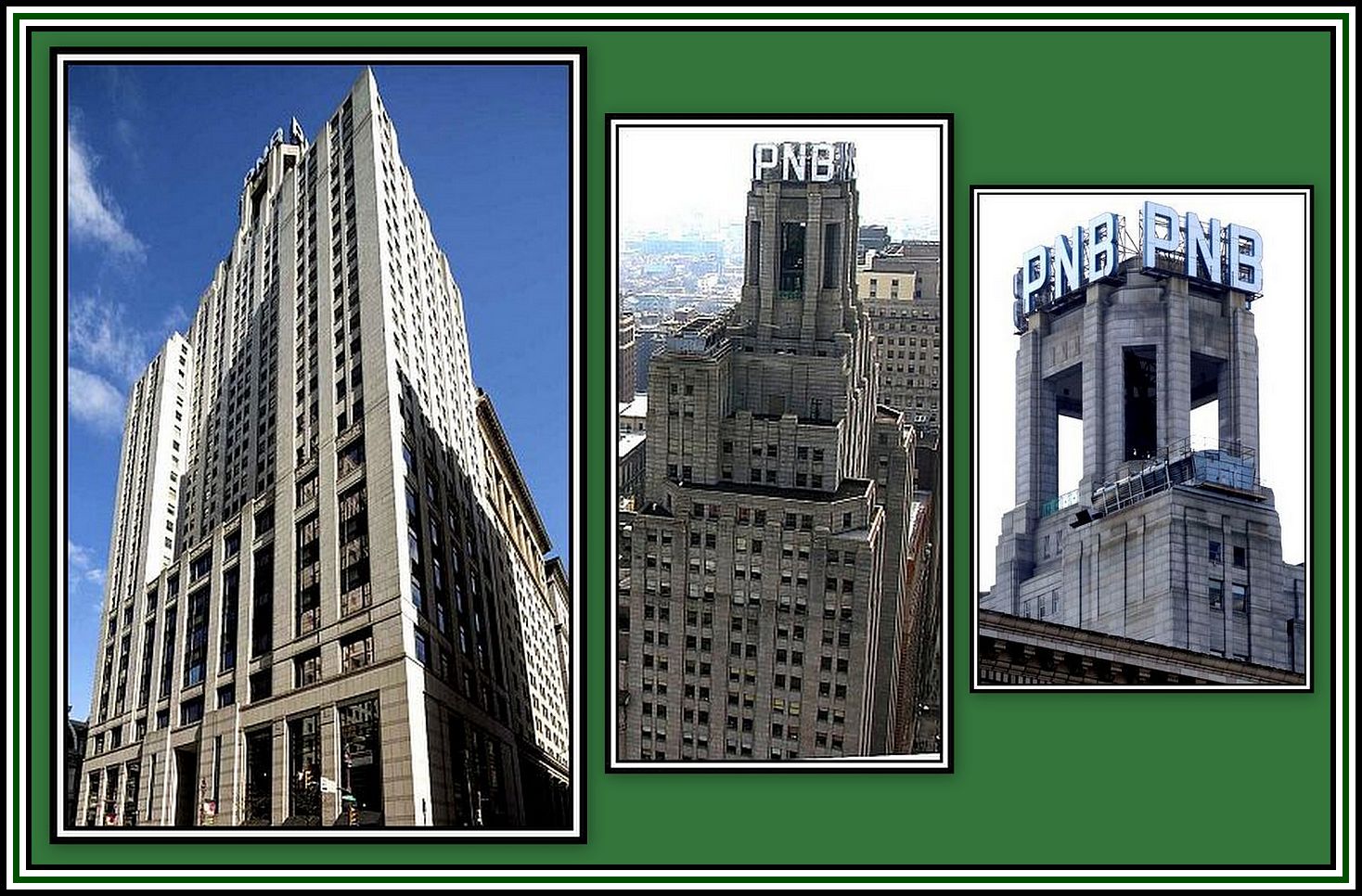 One South Broad, site of the Founder’s Bell and the former Wanamaker Annex
One South Broad, site of the Founder’s Bell and the former Wanamaker Annex
The photograph in the centre was taken by James Mitchell
and the photograph on the right by Tom Garlish
Rodman Wanamaker was a patron of the liturgical arts and made gifts to Queen Alexandra including of a sterling silver altar as a tribute to King Edward VII, a silver pulpit and a 17th Century silver Spanish processional cross, which are found at the Church of the Estate of Queen Elizabeth II at Sandringham, St. Mary Magdalene. He also presented a processional cross for Westminster Abbey. He also sponsored a number of sports activities and it is believed that he was responsible for having the National Anthem played prior to sports fixtures in the U.S. He also was a sponsor of aviation projects and an early backer of transatlantic flight. He had a great interest in Native American scholarship and sponsored three photographic expeditions to chronicle their ways of life.
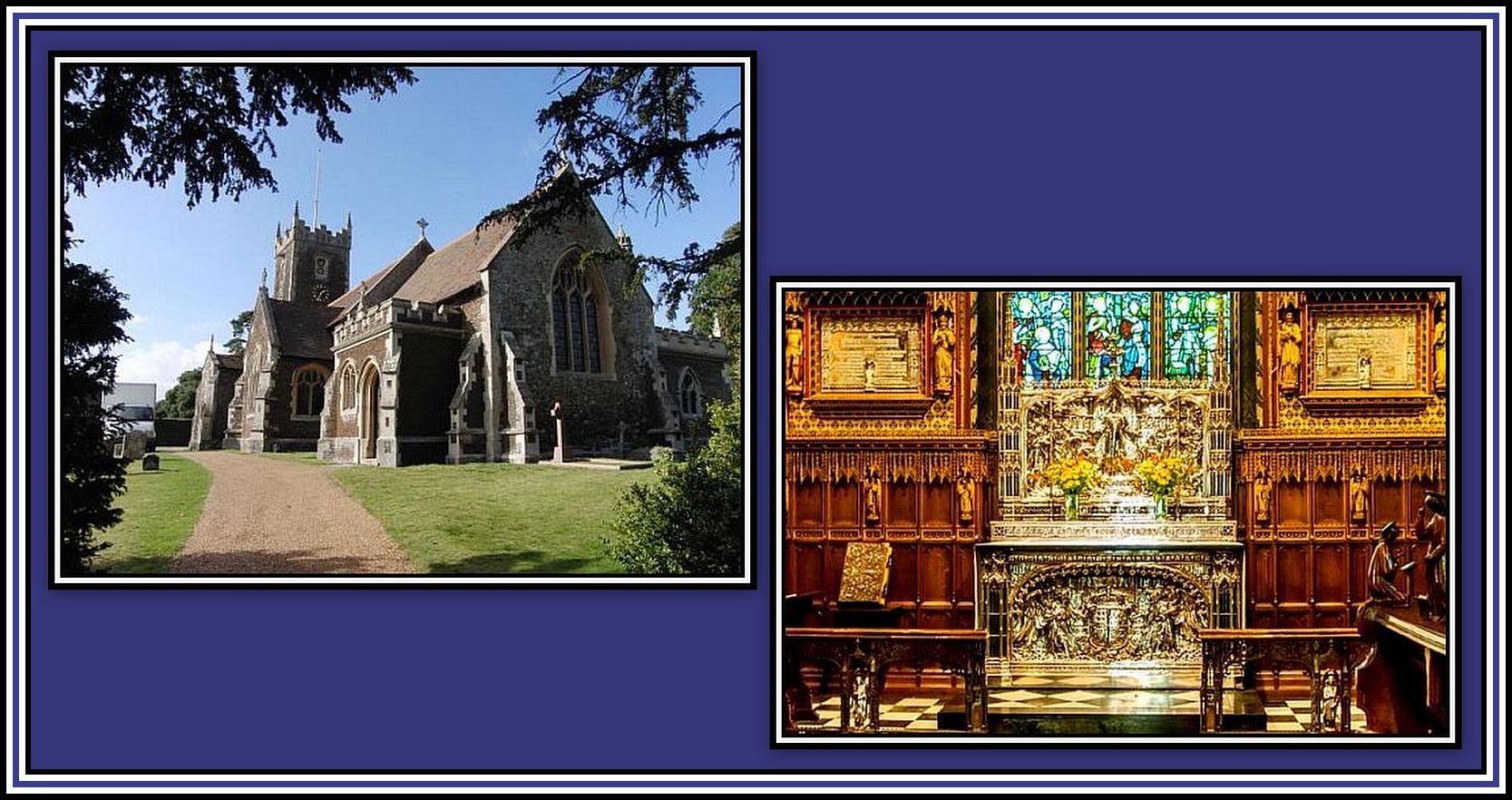 St. Mary Magdalene Parish Church showing the altar (Right)
St. Mary Magdalene Parish Church showing the altar (Right)
Rodman Wanamaker died from kidney disease in 1928 just before the Great Depression took hold of the country. Sadly with his death, the organ concerts came to an end and his collection of musical instruments were sold.
With his death, it seemed that his son, Captain John Wanamaker, was considered unsuitable to assume control of the family businesses and their control passed to a Board of Trustees. Under its direction, the stores continued to thrive for a time. However, the country was on the verge of The Great Depression and retail sales was beginning to show signs of decline. The Board, with the support of the family, cut back on many of the events and projects sanctioned by Rodman Wanamaker: After Hours Concerts were ended; rather than invest in necessary new equipment for the radio station, it was shut down.
Changes in society also had an effect on the Store. With the passage of The Fair Labor Standard Act (1938), minimum wage and minimum age for working during school hours were introduced. Mr. John Wanamaker gave his employees free medical care, education, recreational facilities, pensions and profit-sharing plans before such benefits were standard procedure. With the passage of The Act in 1938, the employment of young people was now restricted and eventually led to the closure of The John Wanamaker Commercial Institute and the disbanding of a number of recreational activities including the bands. Cadet training, which the younger staff members took part in, came to an end when the Japanese attacked Pearl Harbour in 1941 and such training became the responsibility of the military.
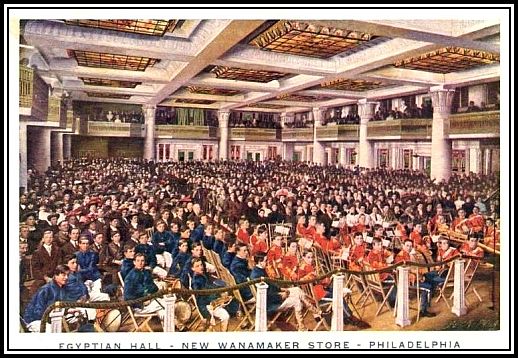 Concert given by Cadets in Egyptian Hall
Concert given by Cadets in Egyptian Hall
There were eventually sixteen Wanamaker Department Stores in total, but with changing times and changing tastes, the Wanamaker Stores lost ground to competing retail chains. Despite efforts to revive the patronage of the Stores, their fortunes continued to decline, which in 1978, eventually resulted in The Wanamaker Family Trust selling the Company to Carter Hawley Hale Stores for $60 million in cash.
Sadly, the sale of the stores marked the end of an era despite the name of the stores remaining intact. I, for one, have a deep regret that I never had the opportunity to visit a Wanamaker Department Store when it was under the direction of Mr. Wanamaker himself. However, I have done the next best thing (see later)!
—ooOoo—
I learned that The Wanamaker Department Store had the tradition of playing Reveille each morning to announce the opening of the store and Taps at closing. Seemingly, Taps was originally played by a bugle-playing store worker. This tradition came to an end in the 1980s. Today customers have to content themselves with an announcement made over a loudspeaker that the store will be closing.
In Britain, it is customary to play The Last Post. As a child, I lived near The Tower of London. I remember that during summer months, I often found myself in the grounds of The Tower and would hear the lone bugler blow The Last Post. I remember the chills I felt. Whenever I was with my mother, she could not help but cry, as she recalled her father and her brothers who had fallen in wars.
Click here to hear The History of Taps
—ooOoo—
HERE WE GO ‘ROUND THE MULBERRY BUSH ……. PASSING THE PARCEL!
Despite continued attempts to revive the fortunes of the erstwhile Wanamaker Stores by their new owners, Carter Hawley Hale Stores, customers did not return in any great number and in 1986, the now 15-store chain was sold to Woodward & Lothrop, which was owned by the shopping-mall magnate, A. Alfred Taubman. With this sale, the name of the stores was changed from J. Wanamaker & Company to Wanamaker Inc. Despite millions of dollars being invested in the stores, retail sales failed to improve.
Bottom Left: Alfred Taubman
Mr. Taubman and his Board of Directors, being a business men were looking to profit from their acquisition and began to look for other ways to increase the total of their bottom line. In order to generate revenue from the stores, the owners chose a strategy to compliment its retail interests to raise capital. They believed that the space inside the Wanamaker Building was more valuable than the historic store itself. As a result, the erstwhile Wanamaker Flagship Store was reduced in size to five stories for retail while the other floors and areas were rented out for other purposes. This resulted in the Juniper Street side of the building being transformed into the lobby of the offices now present on the upper floors. In addition, the former Basement Budget Store was converted into a parking garage and the Crystal Tea Room was closed and leased to the Marriott Corporation.
In 1995, the Wanamaker Stores were sold to the May Department Stores Company following the bankrupcy of Woodward & Lothrop earlier in 1994.
The store was closed for renovation and when it reopened, the retail space had been further reduced to three floors with its upper floors being used for commercial office business.
Lord & Taylor, also a division of May Department Stores, took over the running of the store in 1997, but In August 2006, the store became part of the Macy’s Department Store chain, and remain so today.
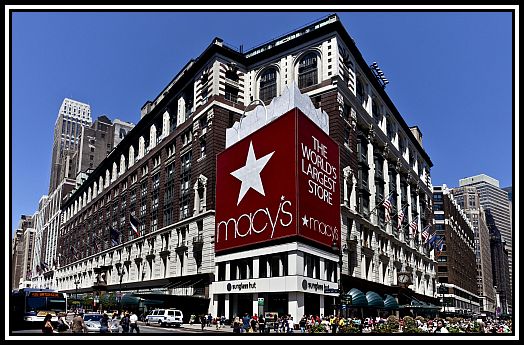 The Flagship Store of R.H. Macy & Company at Broadway & West 34 Street, New York
The Flagship Store of R.H. Macy & Company at Broadway & West 34 Street, New York
—ooOoo—
Throughout the turbulence that came with Store ownership change during the 1980s and 1990s, the organ began to suffer from neglect.
-oOo-
The following information was provided by The Friends of the Wanamaker Organ: At one point, it was appreciated that the old Combination Action was not working and so needed to be dismantled. The curators were given permission to remove it and also given sufficient money to install a new Electronic Action. This necessitated rebuilding the Organ Console, which took some seven years to achieve. While this work was being undertaken, the Organ continued to be played causing construction dust to enter the chests. Fortunately no pipework was damaged while this work was being completed.
-oOo-
Unfortunately, by 1995, only about a fifth of the organ’s pipes were in working order. At this time, when something failed to work properly, it would be turned off. Although little was done to maintain the organ in its once pristine state, the two daily concerts were continued to be given by the organist-in-residence.
There has been a total number of four organists-in-residence throughout the life of the Wanamaker Organ. The first was Dr. Irvin J. Morgan from 1911-1917 who was followed by Ms Mary E. Vogt who held the position from 1917 to 1966. The third organist to hold this position was Dr. Keith Chapman who did so between 1966 to 1989. Sadly, his tenure was ended when he and his wife were killed in an aeroplane accident. In 1989, the current organist-in-residence, Mr. Peter Richard Conte, assumed the role.
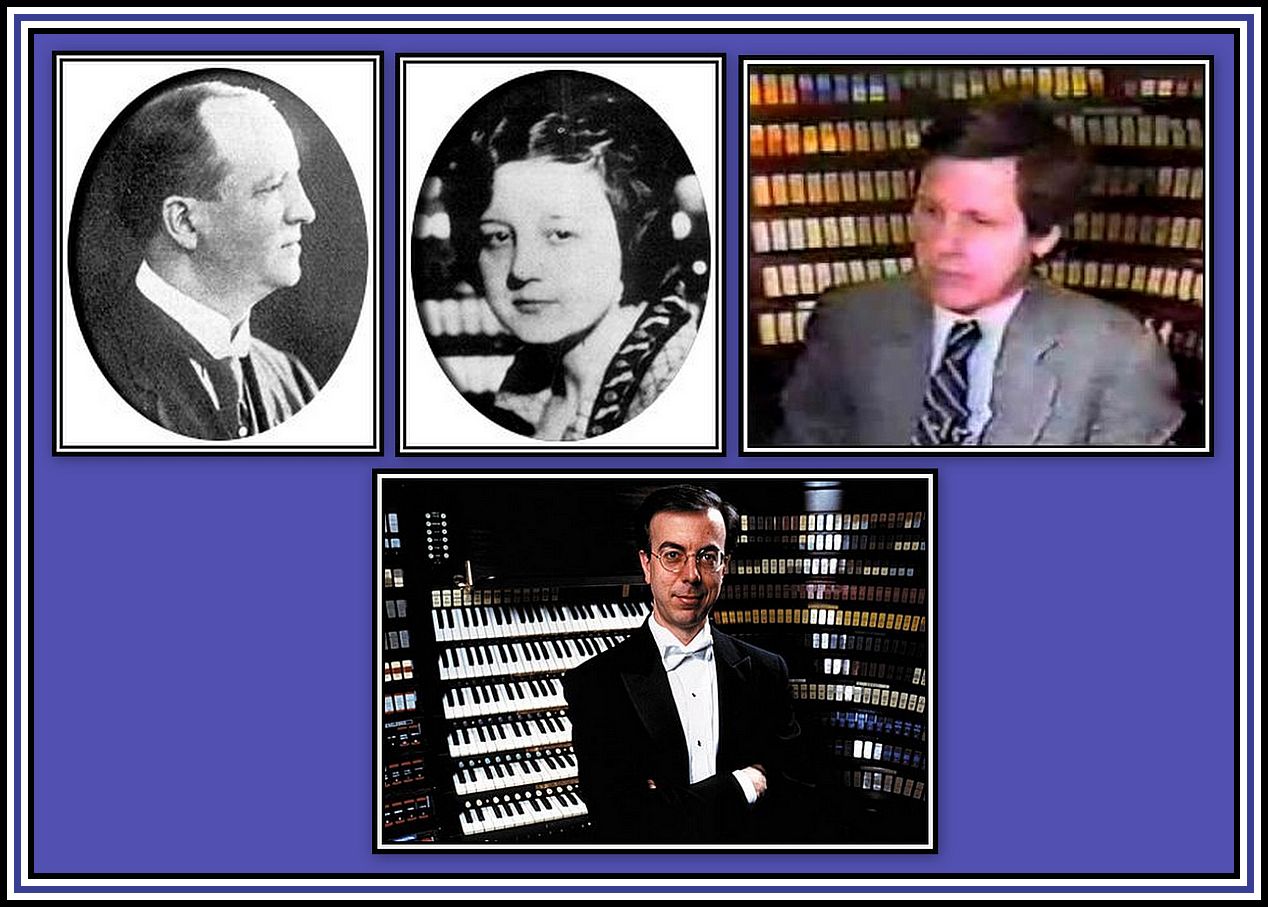 The Organists-In-Residence of The Wanamaker Organ: Top Row, from Left to Right, Dr. Irvin J. Morgan, Ms Mary E. Vogt & Dr. Keith Chapman; Bottom: Peter Richard Conte
The Organists-In-Residence of The Wanamaker Organ: Top Row, from Left to Right, Dr. Irvin J. Morgan, Ms Mary E. Vogt & Dr. Keith Chapman; Bottom: Peter Richard Conte
The photographs of Dr. Morgan and Ms Vogt appear with the permission of wanamakerorgan.com
In 1997, The May Company undertook a restoration of the organ, which formed part of the Store’s conversion into Lord & Taylor.
Despite these efforts, it was not until R.H. Macy & Company took over the Store in 2006 and entered into a partnership with the private nonprofit organisation, The Friends of the Wanamaker Organ that the serious work of restoration and maintenance of the organ began.
A vast sum of money has been spent to restore the Wanamaker Organ and this has allowed its magnificent sound to resonate once more throughout the Grand Court and delight customers and visitors alike (but more of this later).
Today a large on-site workshop has been put in place in the Department Store. Here, a full-time staff together with a number of volunteers who give their time along with two curators to undertake the necessary work to both restore and maintain the organ. We who enjoy the sounds of the organ thank this dedicated group of people for their excellent work.
Click here to go Inside the Wanamaker Organ and tour it with the current carpenter, Mr. Scott Kipp
and here to watch a documentary on the Organ with music and remarks by Dr. Keith Chapman
On 27th September, 2008, R.H. Macy & Company celebrated its 150th anniversary by organising a concert by the Philadelphia Symphony Orchestra in the Grand Court of The Departement Store. The concert was given for the benefit of The Friends of the Wanamaker Organ who were also the co-sponsors.
The concert featured the première of Symphonie Concertante (1926), which had been especially written by Joseph Jongen to be played on the Wanamaker Organ. The piece was played by Peter Richard Conte, the current organist-in-residence, at the Wanamaker Organ. Other pieces performed were Toccata and Fugue in D Minor by J.S. Bach and arranged by Leopold Stokowski, Cortege and Litany by Marcel Dupré and the world première of Fanfare by Howard Shore.
Click here to hear Virgil Fox play Joseph Jongen’s Symphonie Concertante
Click here to hear Bach’s Toccata and Fugue in D Minor
Click here to hear Peter Richard Conte play Marcel Dupré’s Cortege and Litany (2008)
Click here to hear Howard Shore’s Rohan’s Fanfare
(Imagine this selection being played on The Wanamaker Organ and actually BEING THERE!)
Most of this concert may been heard by clicking here
-oOo-
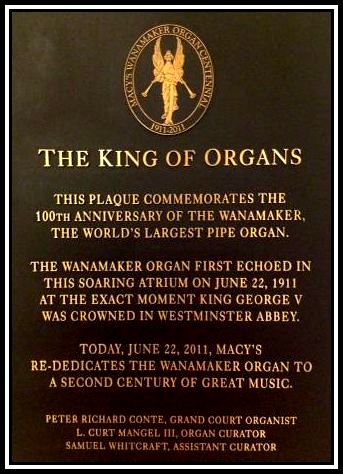 The Plaque to commemorate the Organ’s Centenary
The Plaque to commemorate the Organ’s Centenary
Click here to see a television report on the event in 2011
—ooOoo—
THE FOUNDING OF THE FRIENDS OF THE WANAMAKER ORGAN
Sources from The Friends of The Wanamaker Organ have provided a brief and necessarily incomplete history of their organisation. According to these sources, in the late 1980s and early 1990s, two seventh-floor divisions of the organ sustained water damage causing it to be significantly crippled. This was a severe blow to the restoration process that had been undertaken by the curators. As a result of these disasters, a group of concerned people came together at a meeting and formed The Friends of The Wanamaker Organ with Mr. Ray Biswanger as its President. The express aim of The Friends was to help ease the burden of the curators in the restoration process. In 1992, The Friends began publication of a newsletter, The Stentor, and in 1994 organised the first Wanamaker Organ Day. Today, the Wanamaker Organ Day takes place each June and is attended by visitors from all over the world and The Stentor is published several times a year and contains current news and memories of the Organ.
The Friends of The Wanamaker Organ has grown into a society of about one thousand members and produces concerts, hosts student master classes and oversees a largely grant-driven restoration programme.
—ooOoo—
The Wanamaker Organ is featured on the first Sunday of each month on the Philadelphia Radio Station, WRTI, and has been introduced by Ms Jill Pasternak since 1997 .
——-oooOOOooo——-
ACKNOWLEDGEMENTS
I would like to thank The Friends of the Wanamaker Organ for their help in the preparation of this piece.
I would like to thank Mr. Tom Miller and Mr. Richard Seifert for their help in providing information on the Wanamaker’s New York Department Store and on the early life of Mr. John Wanamaker.
——-oooOOOooo——-
Click here to go to THE WANAMAKER ORGAN – PART TWO:
I’M OFF TO PHILADELPHIA IN THE MORNING
——-oooOOOooo——-
Click here to go to THE WANAMAKER ORGAN – HOME PAGE
——oooOOOooo——
Click here to return to the TABLE OF CONTENTS
——oooOOOooo——

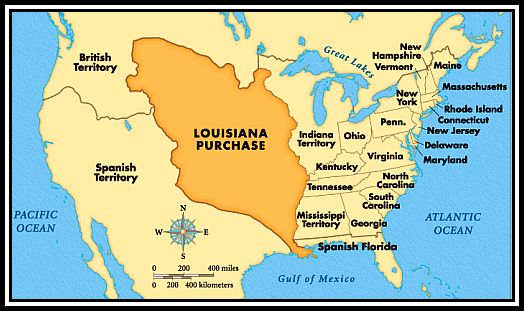
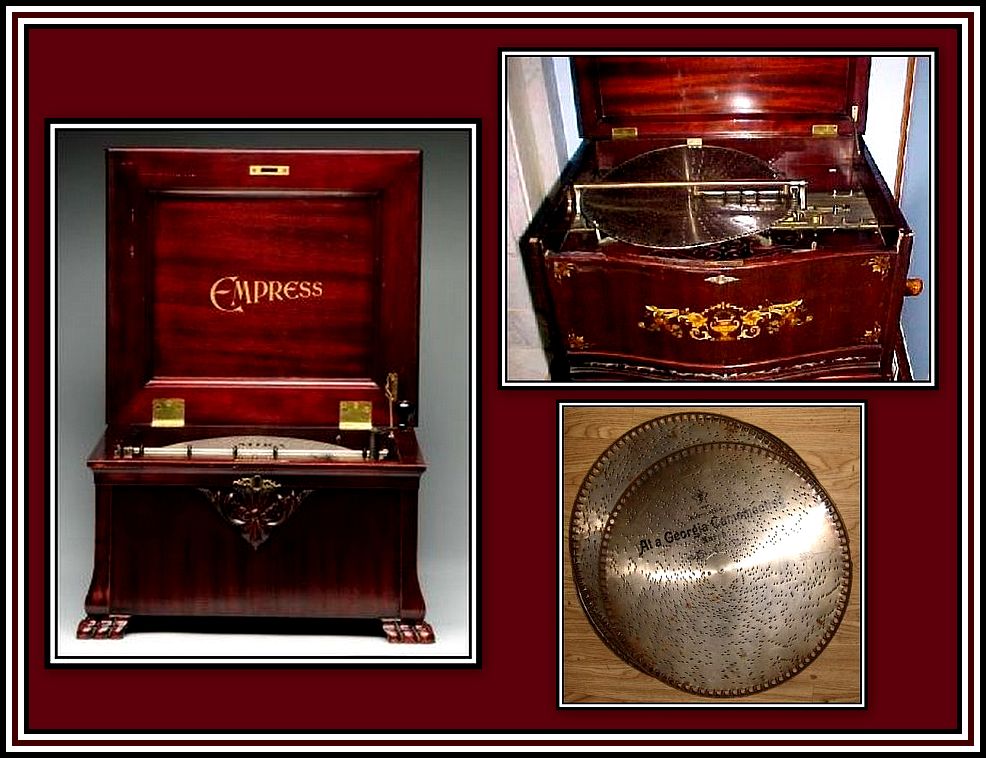
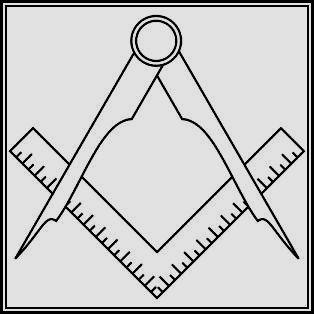

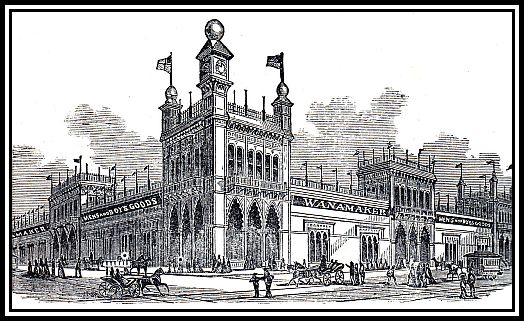
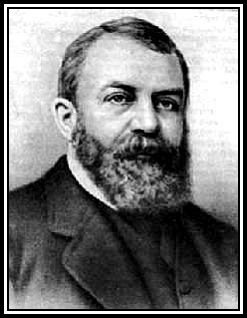
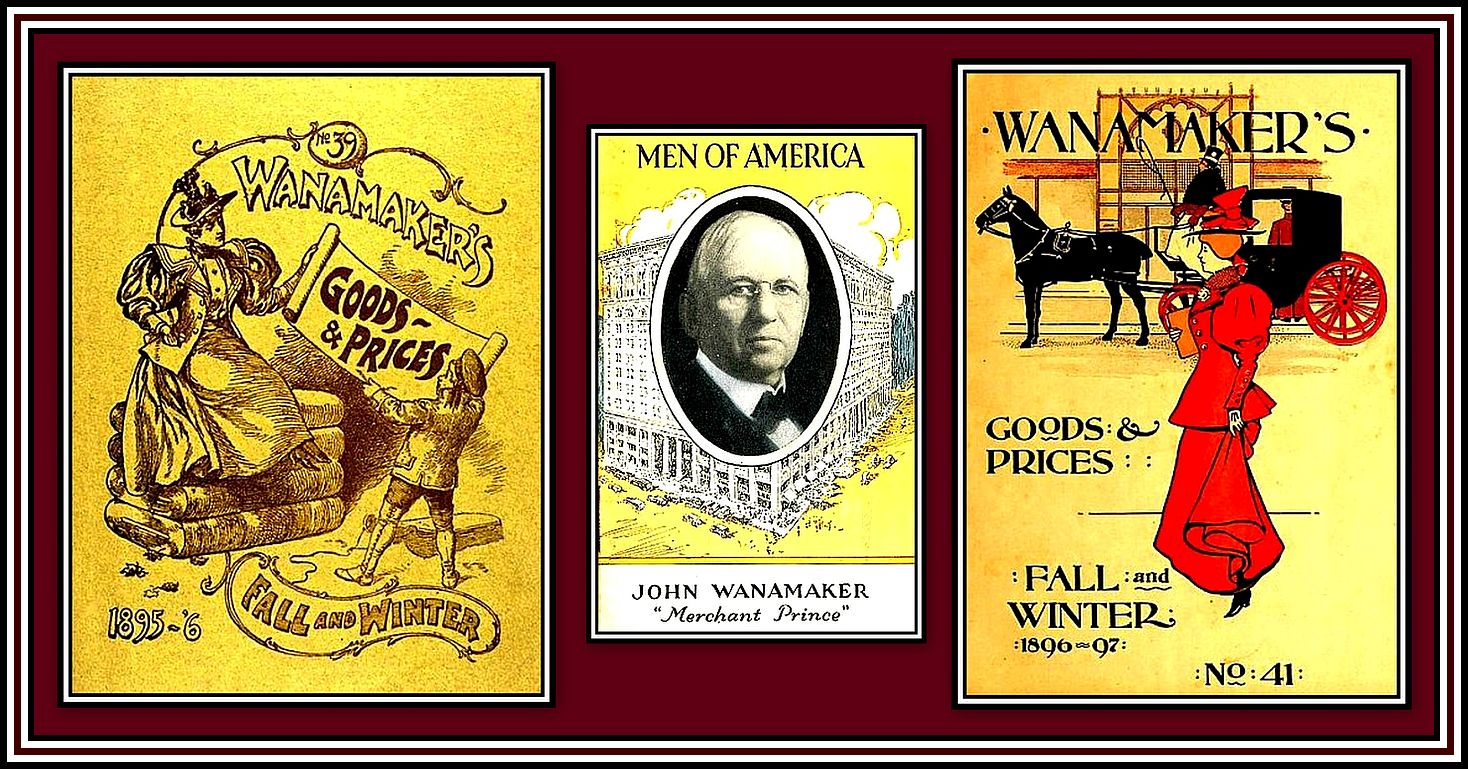
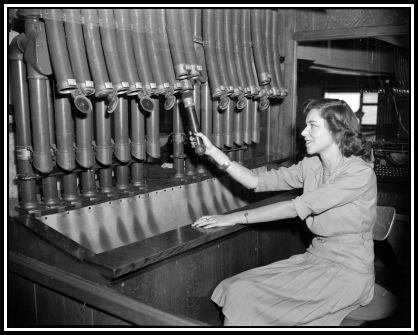
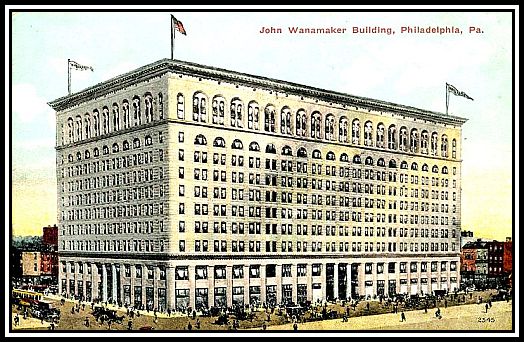
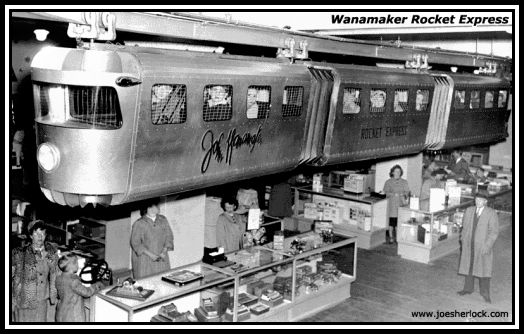
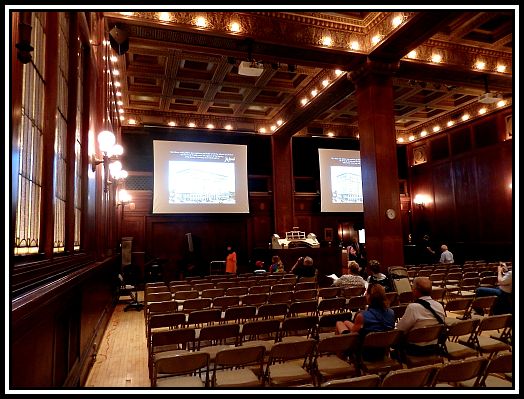

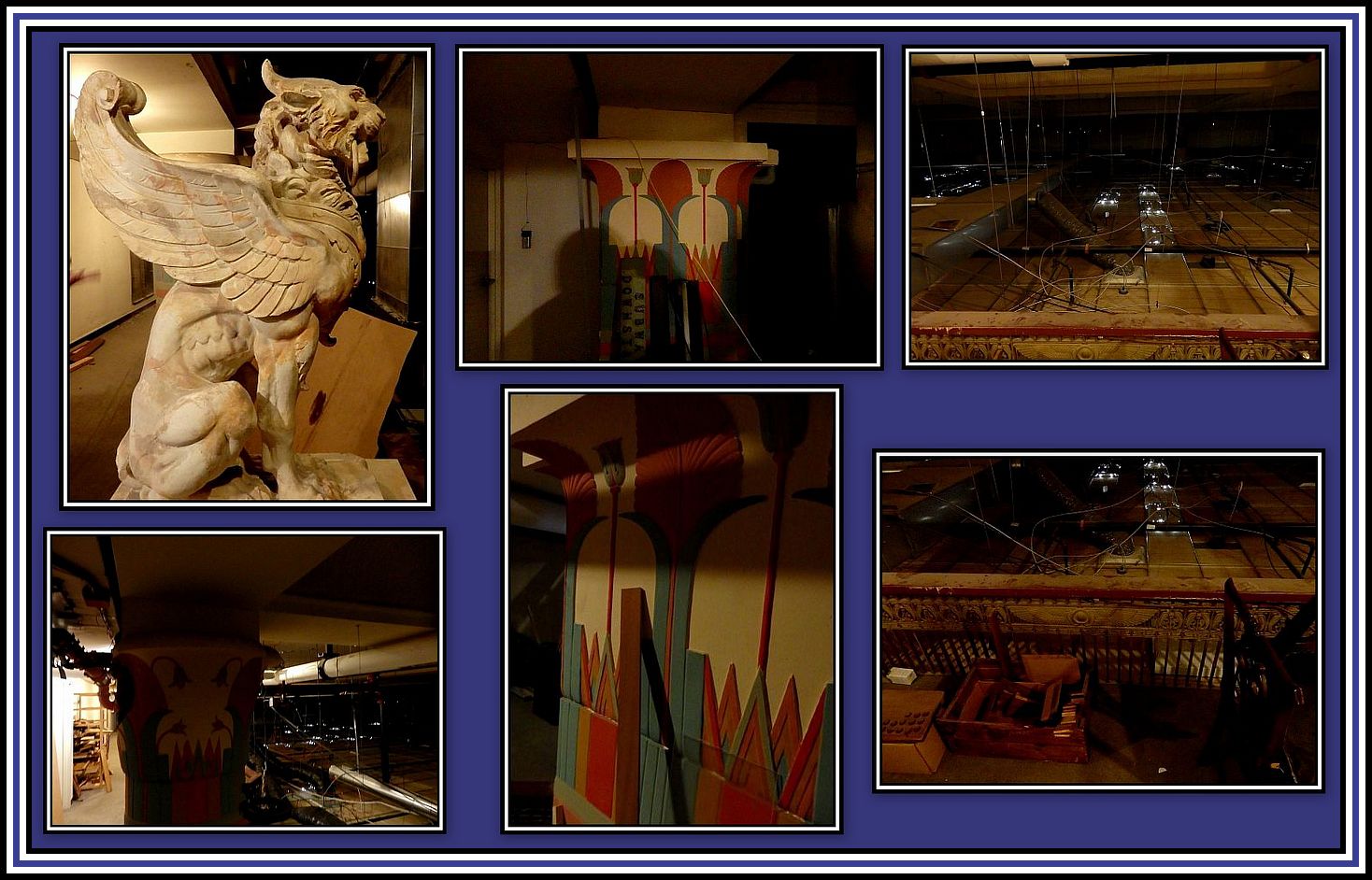
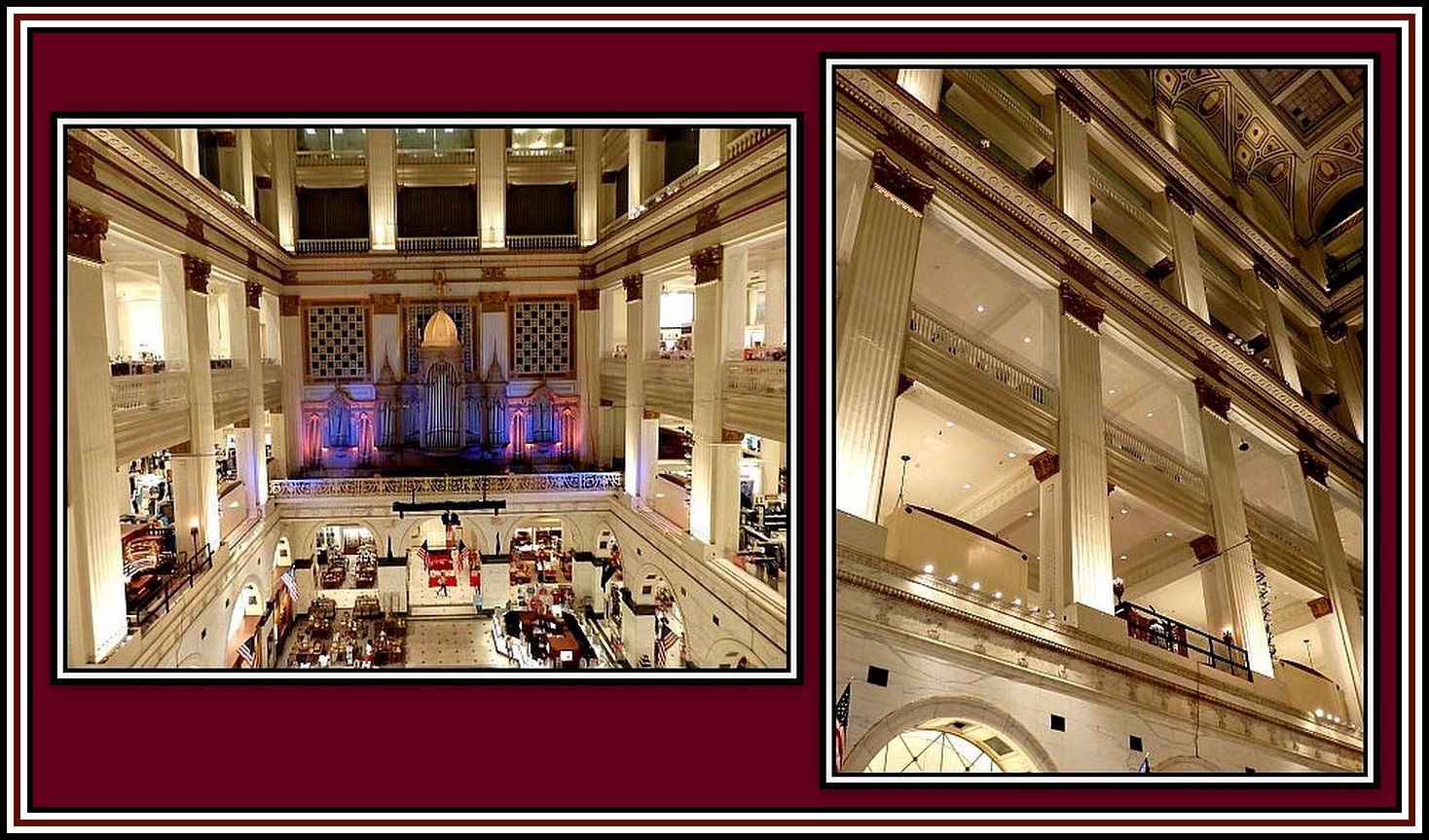
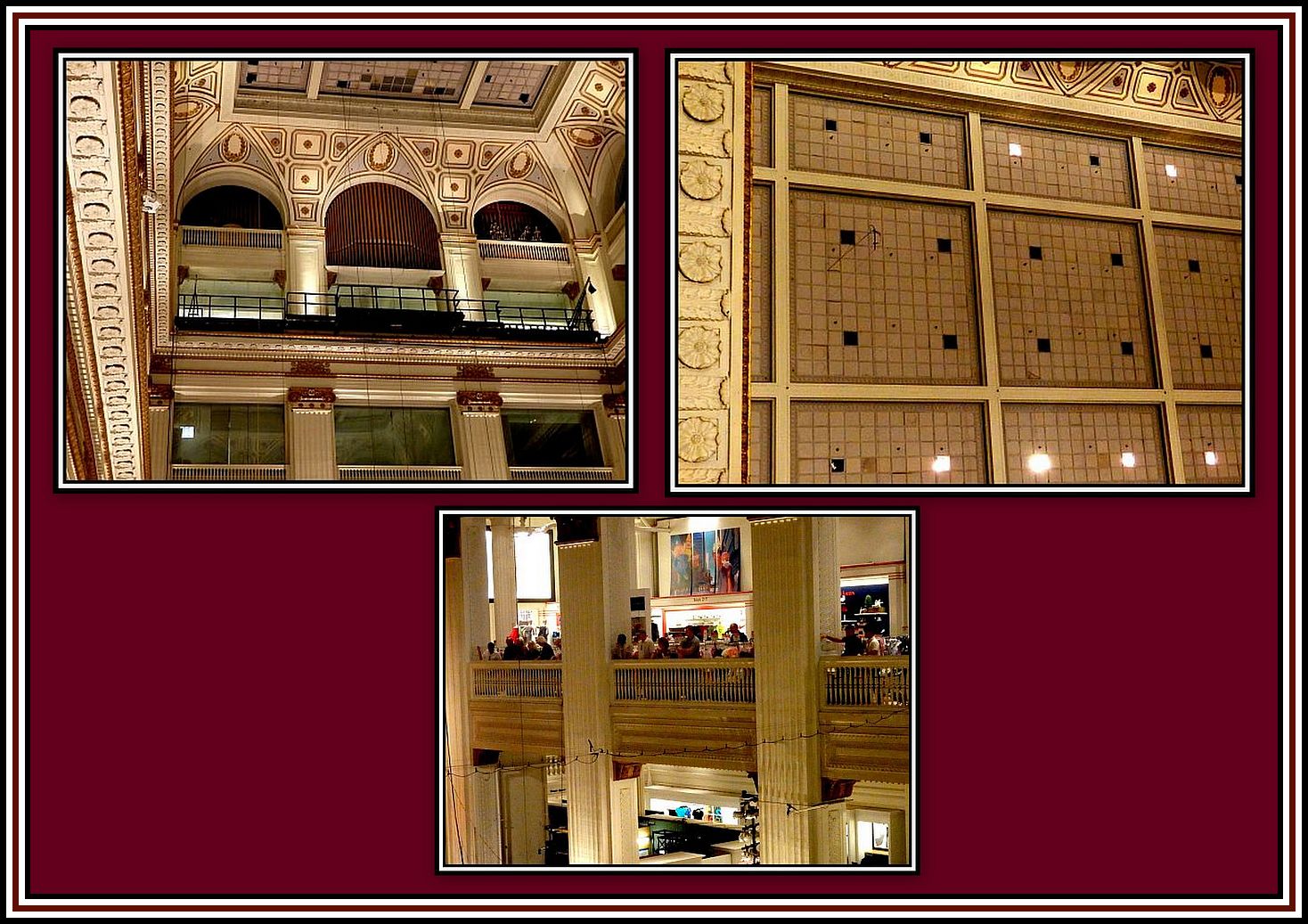
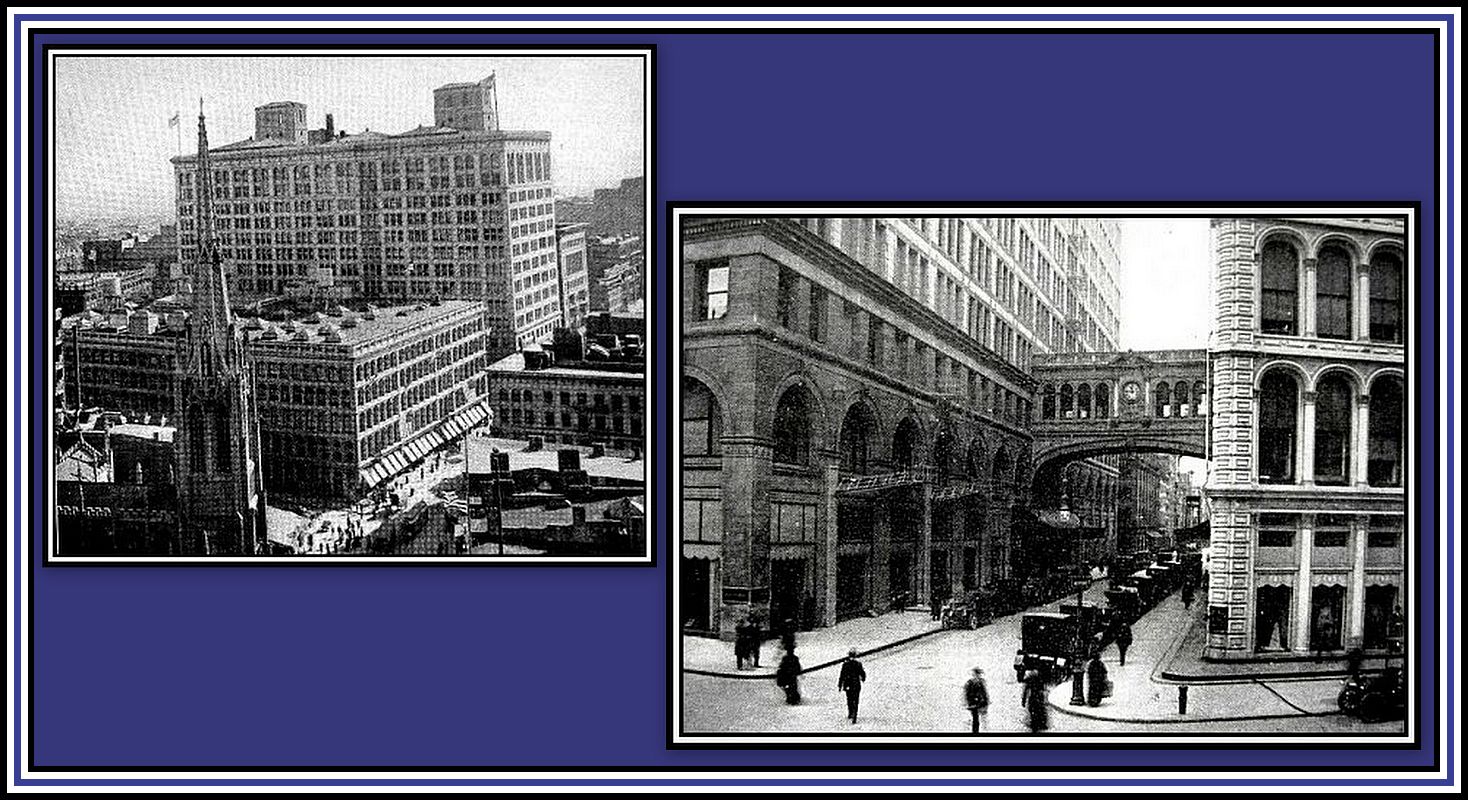
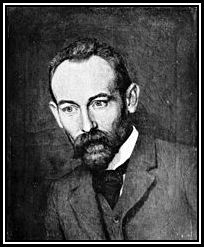
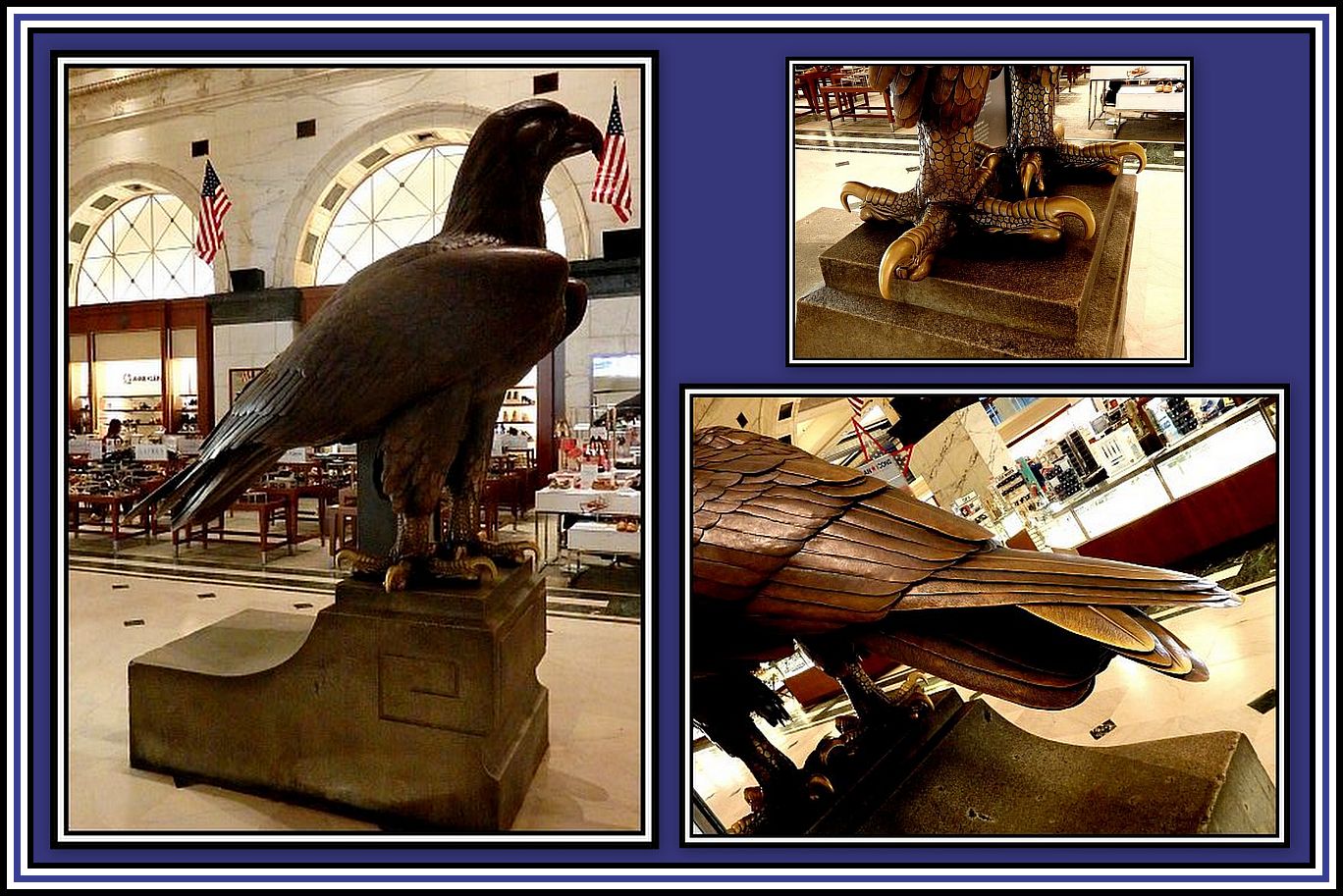
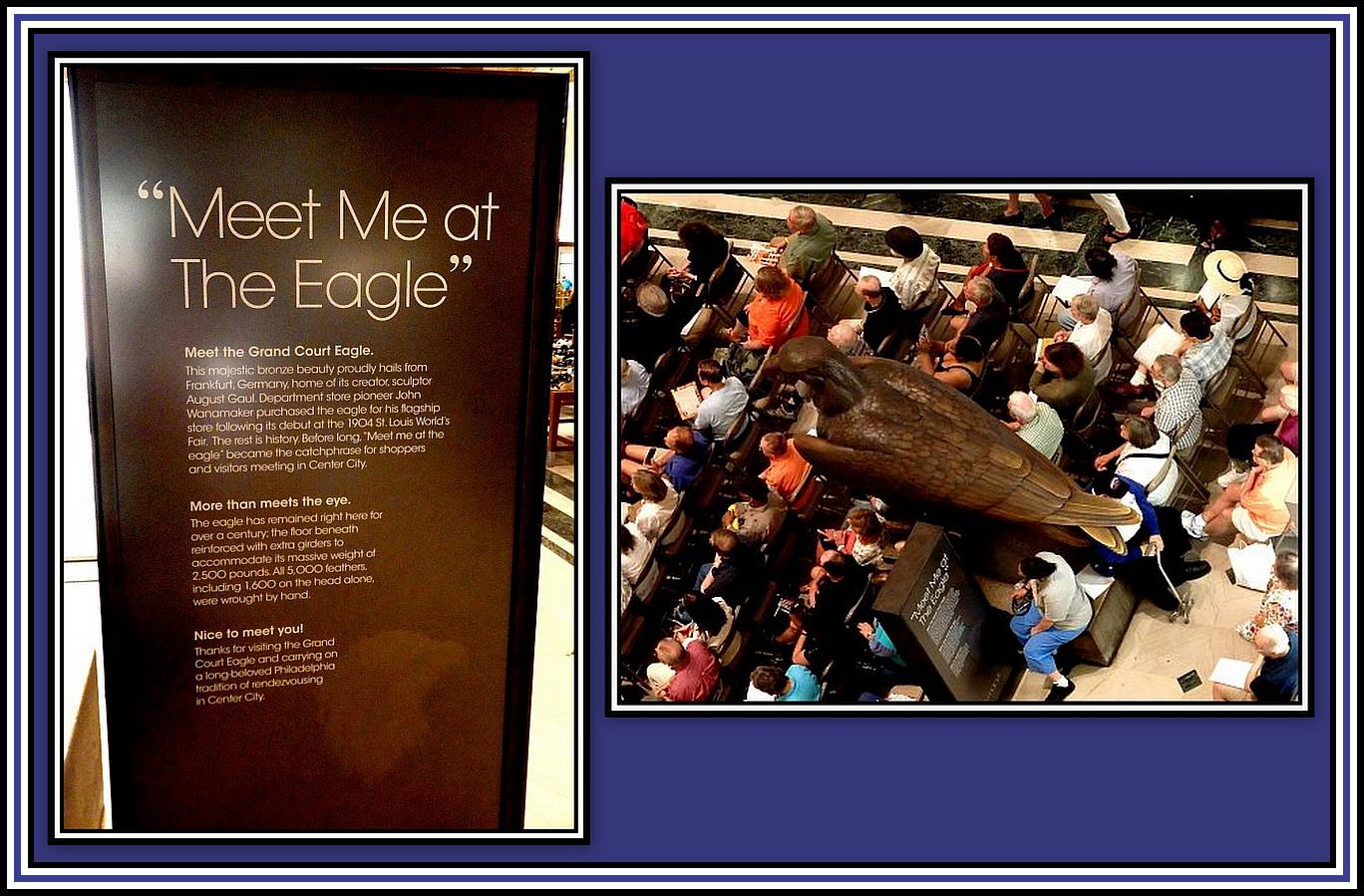
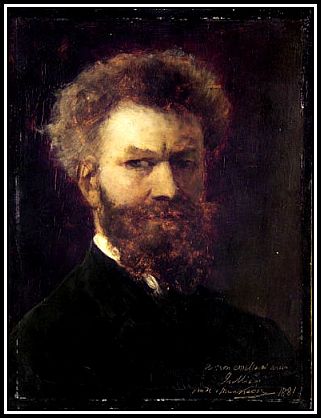
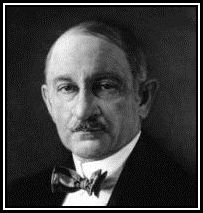
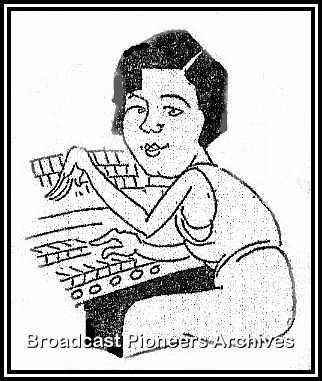
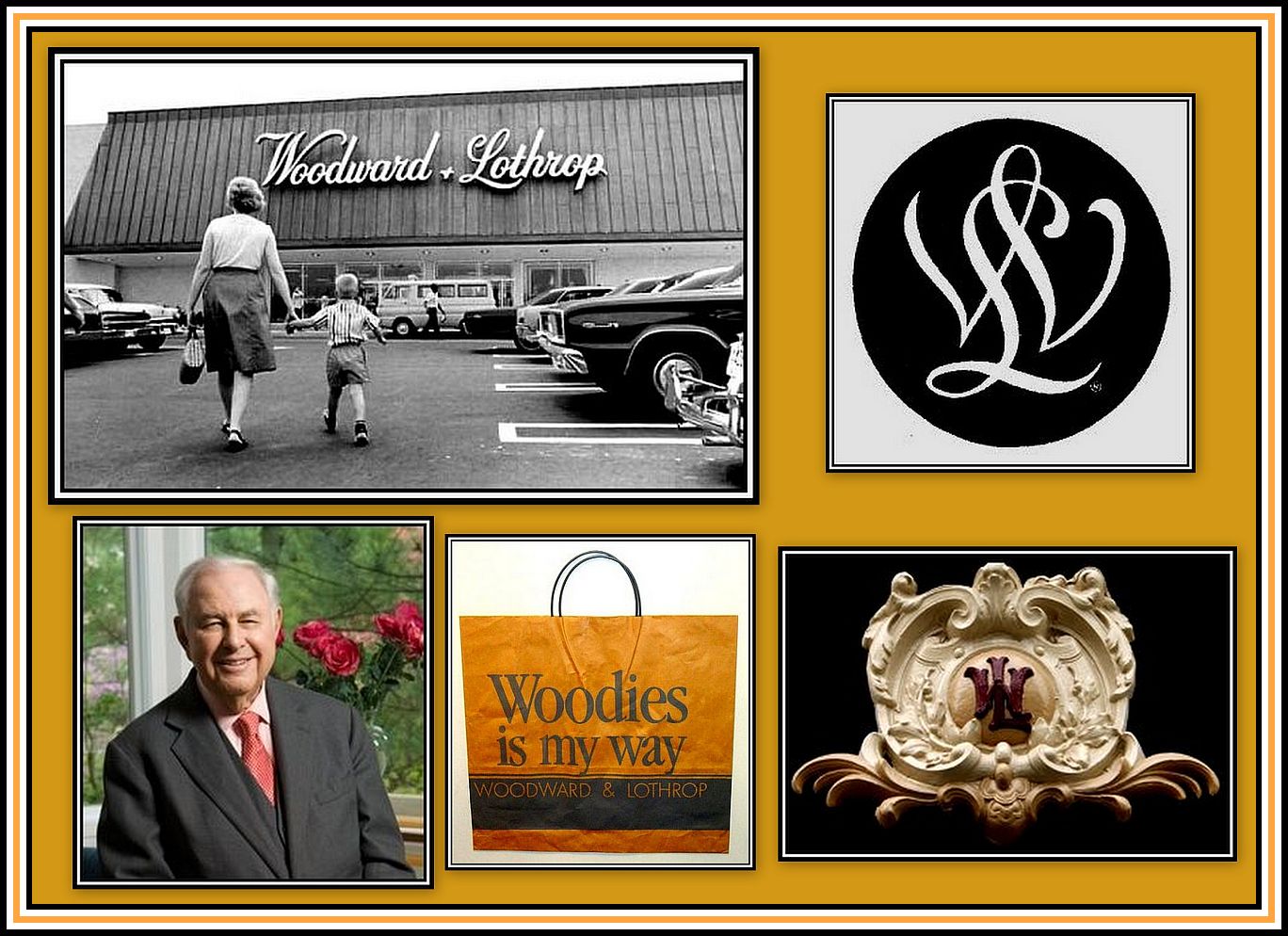
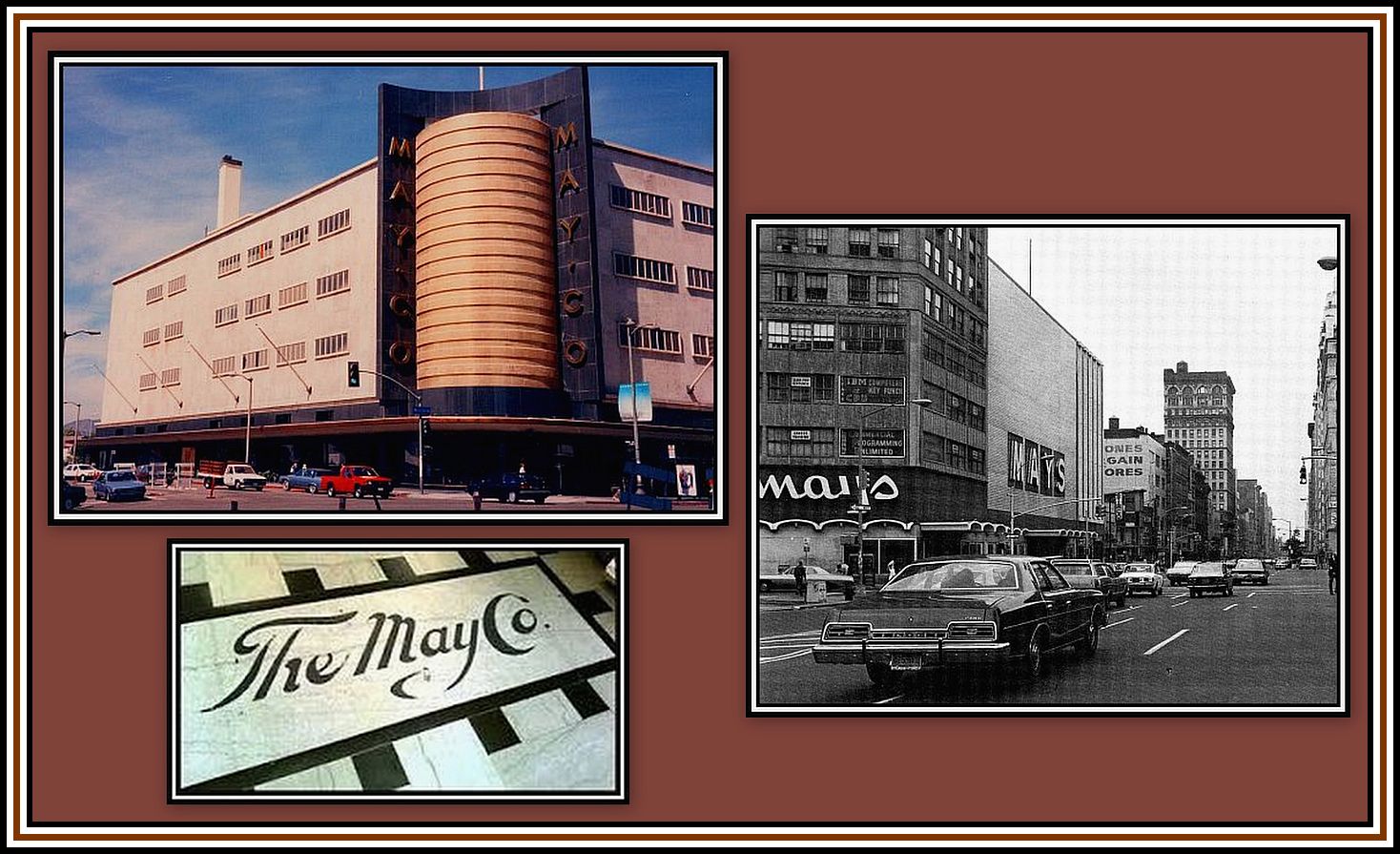

Great job! !!
I hope my friend Ray Biswanger will post links to this website that honors the work and purpose of The Friends of the Wanamaker Organ.
I was glad to read in the the Stentor that you have seen and heard this matchless one of a kind pipe organ in person.
One must really be present to fully appreciate the sonic splendor generated un the “Grand Court”.
I was there for the June 2014 organ day, and truly enjoyed all of what I heard and saw.
Best regards from ‘across the pond’
Rich
Dear Rich,
I work as a volunteer historian for the FOWO-
Beautiful Work, congratulations.
I have some questions for you.
Rick
Wonderful job! One minor point, the current pipe count is 28,677. The change is due to 2 ranks being added and some incorrect math with previous pipe counts.
Thank you for pointing out the correct number of pipes and for your kind comment. Charles
This is a good summary, especially for subject matter peripheral to the Grand Court Organ. On that note, permit me to state that the pipe count of the instrument is closer to 28.072 pipes. This figure was arrived at after an exhaustive hand count of the pipes over several years. It includes the added Vox Humana and Centennial Trumpet.